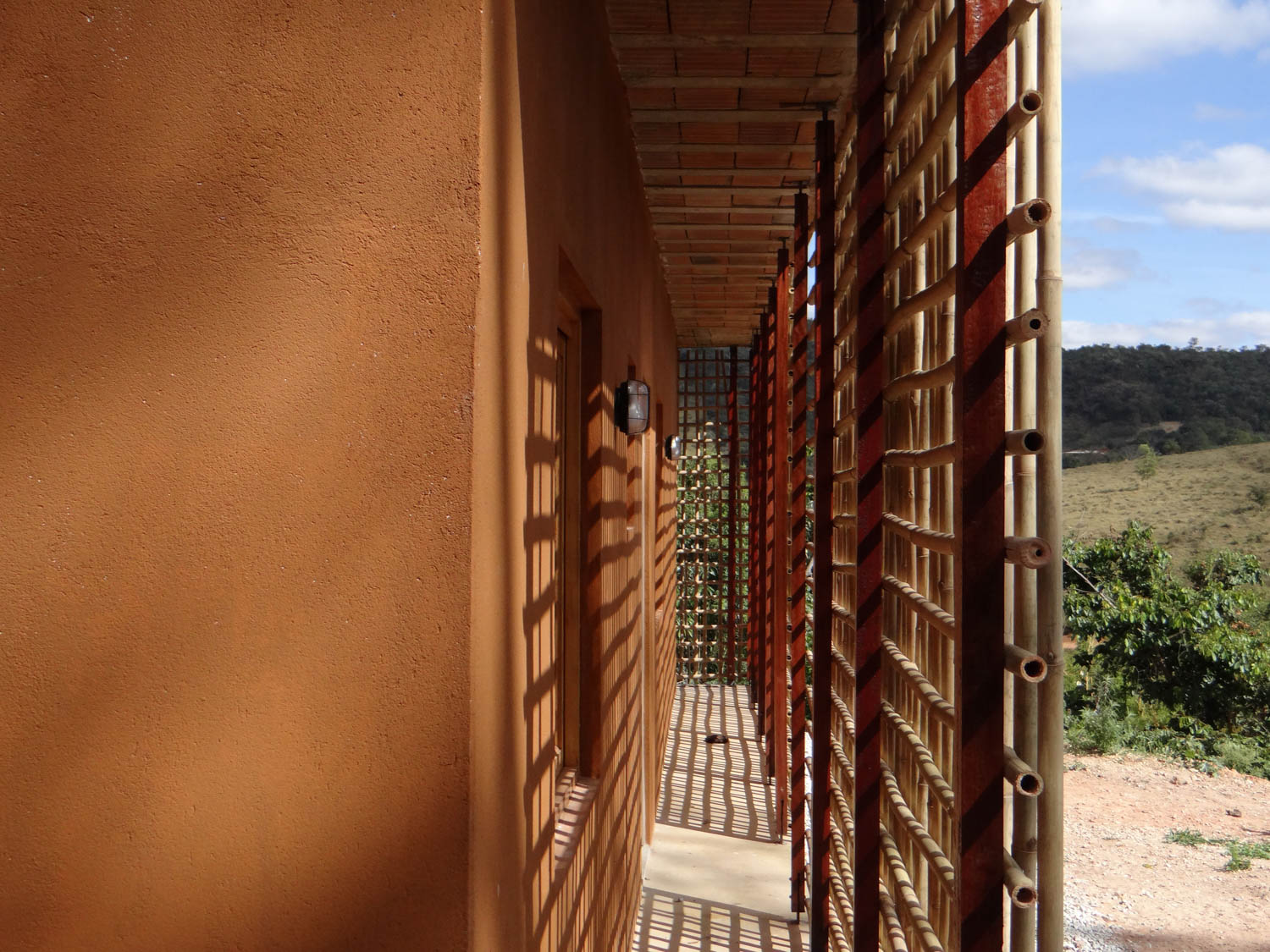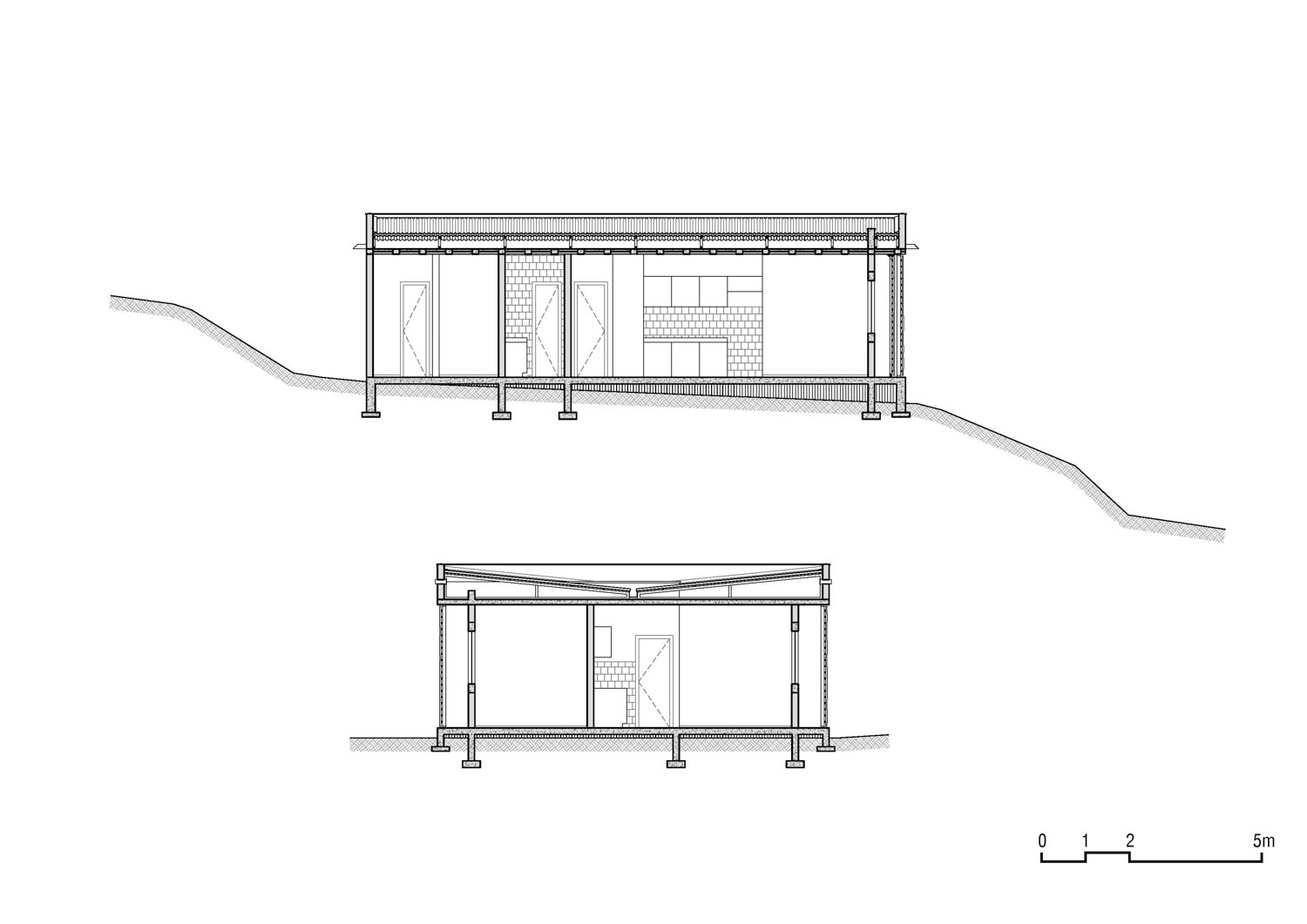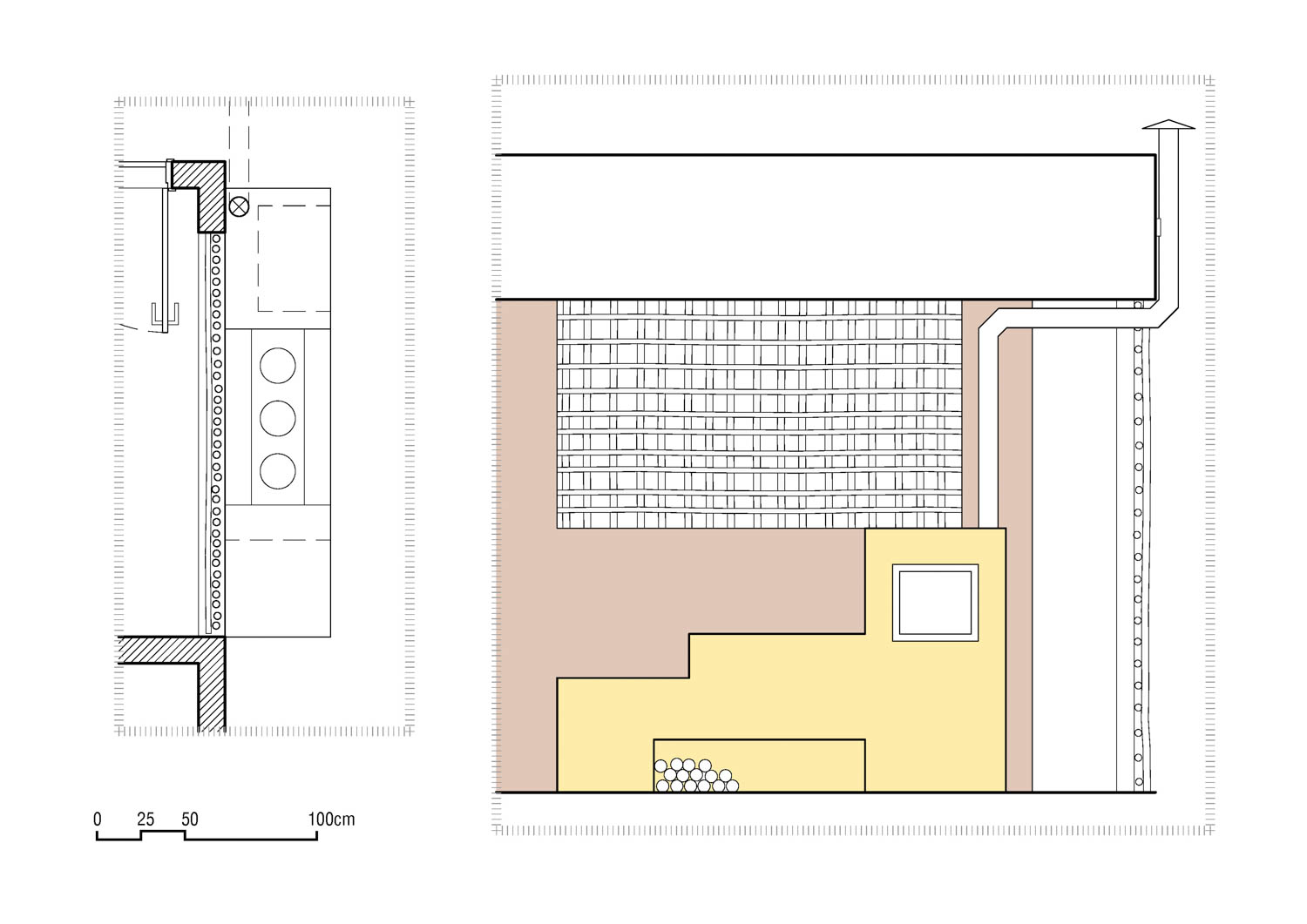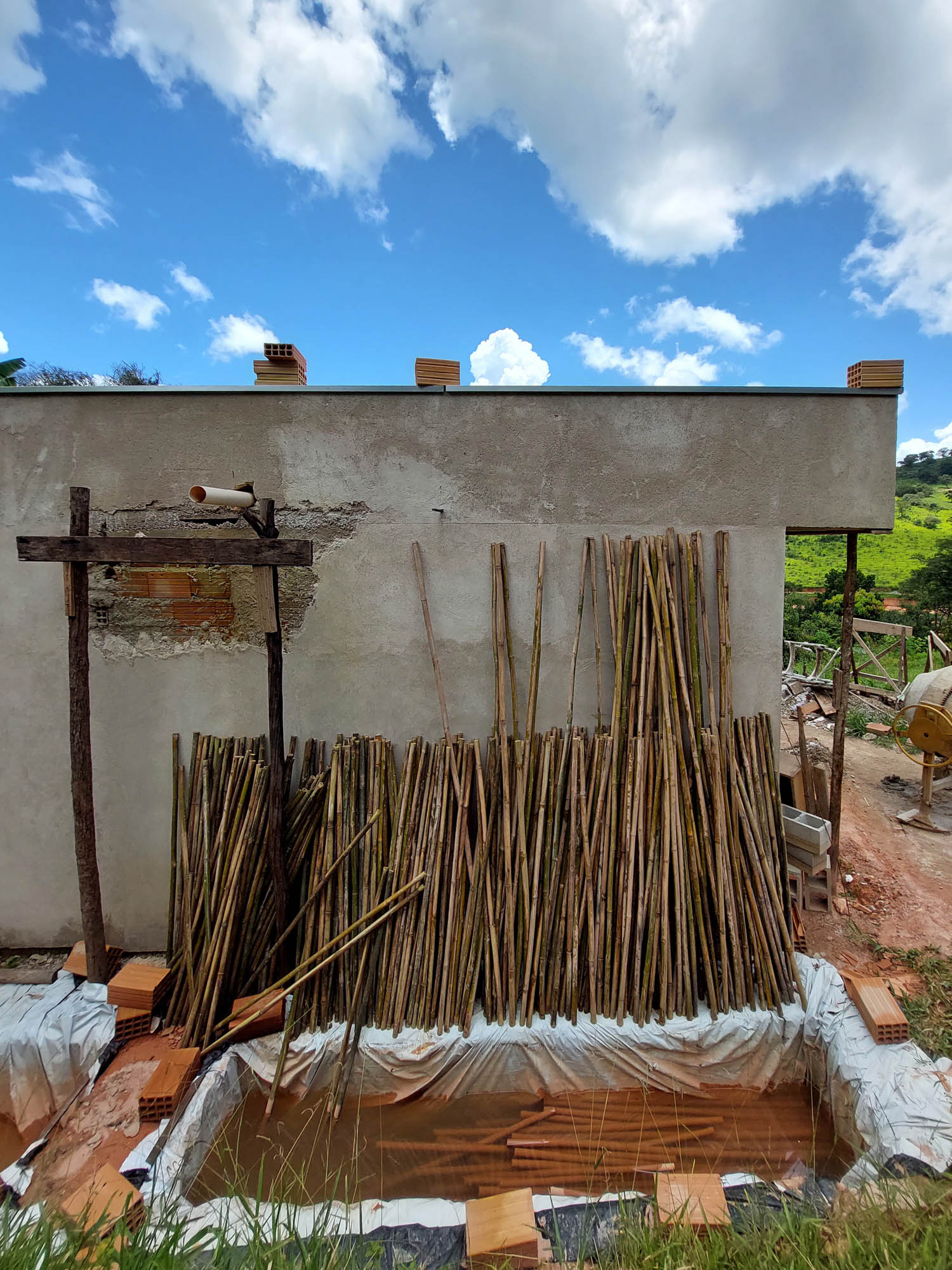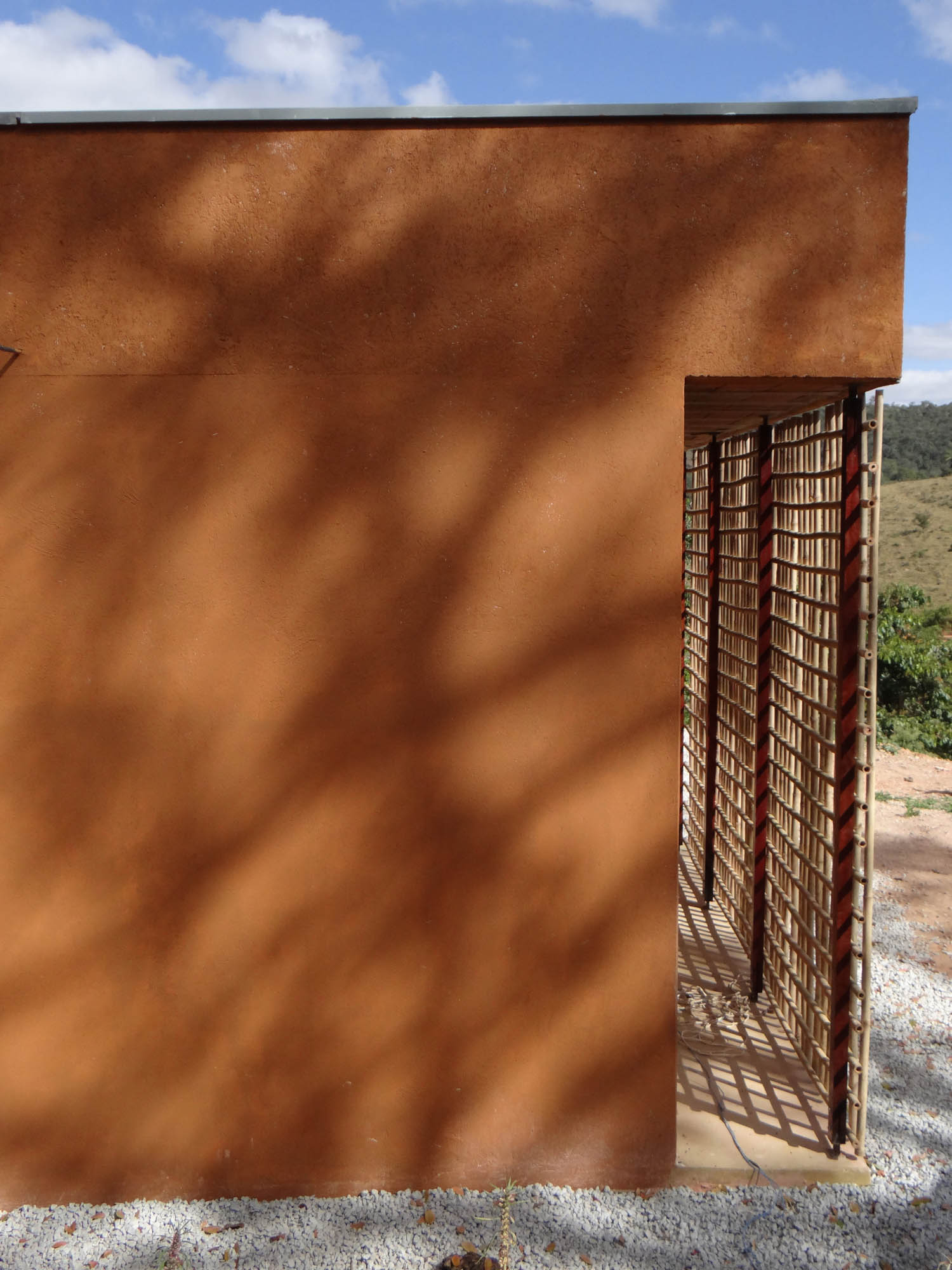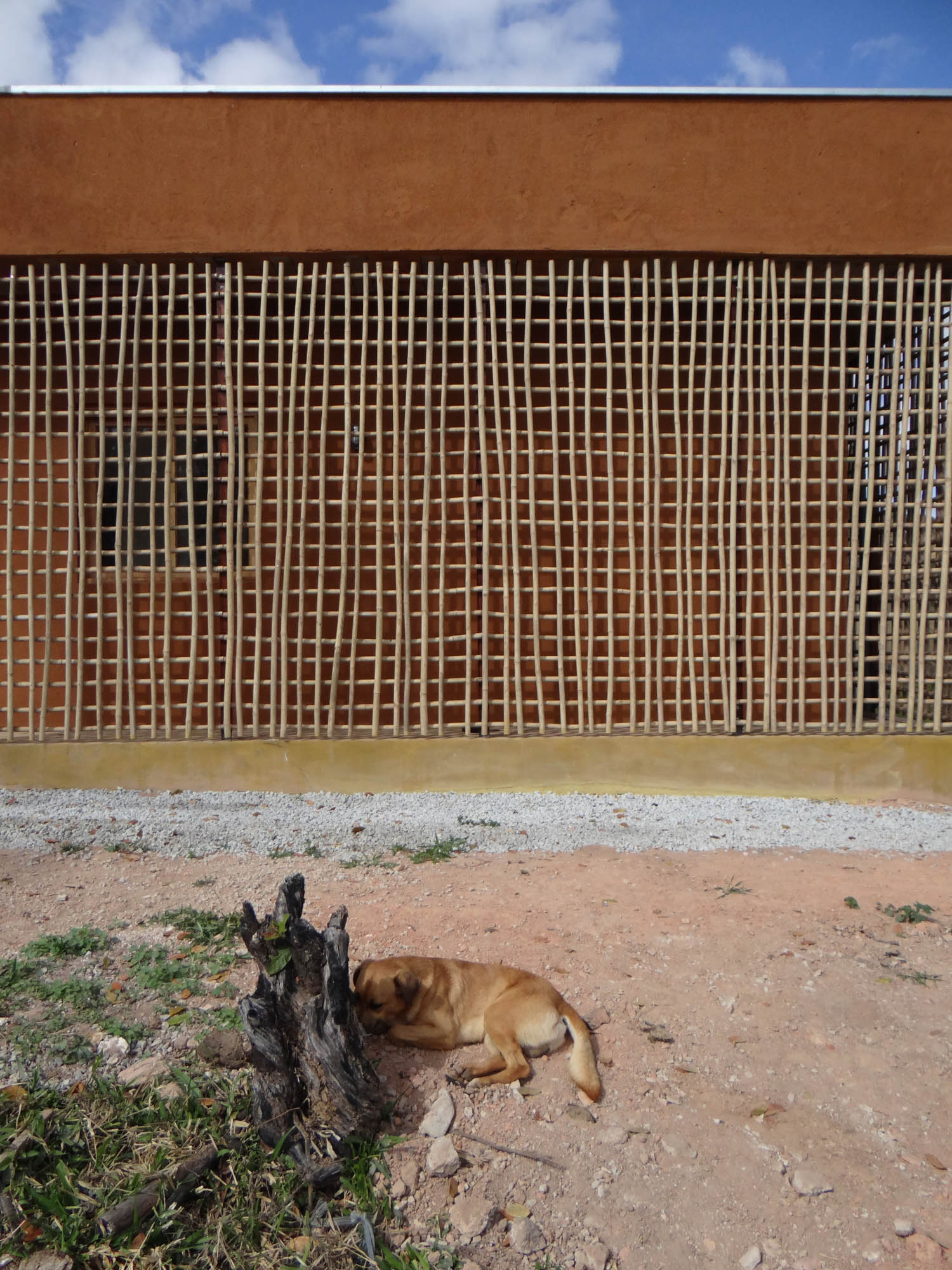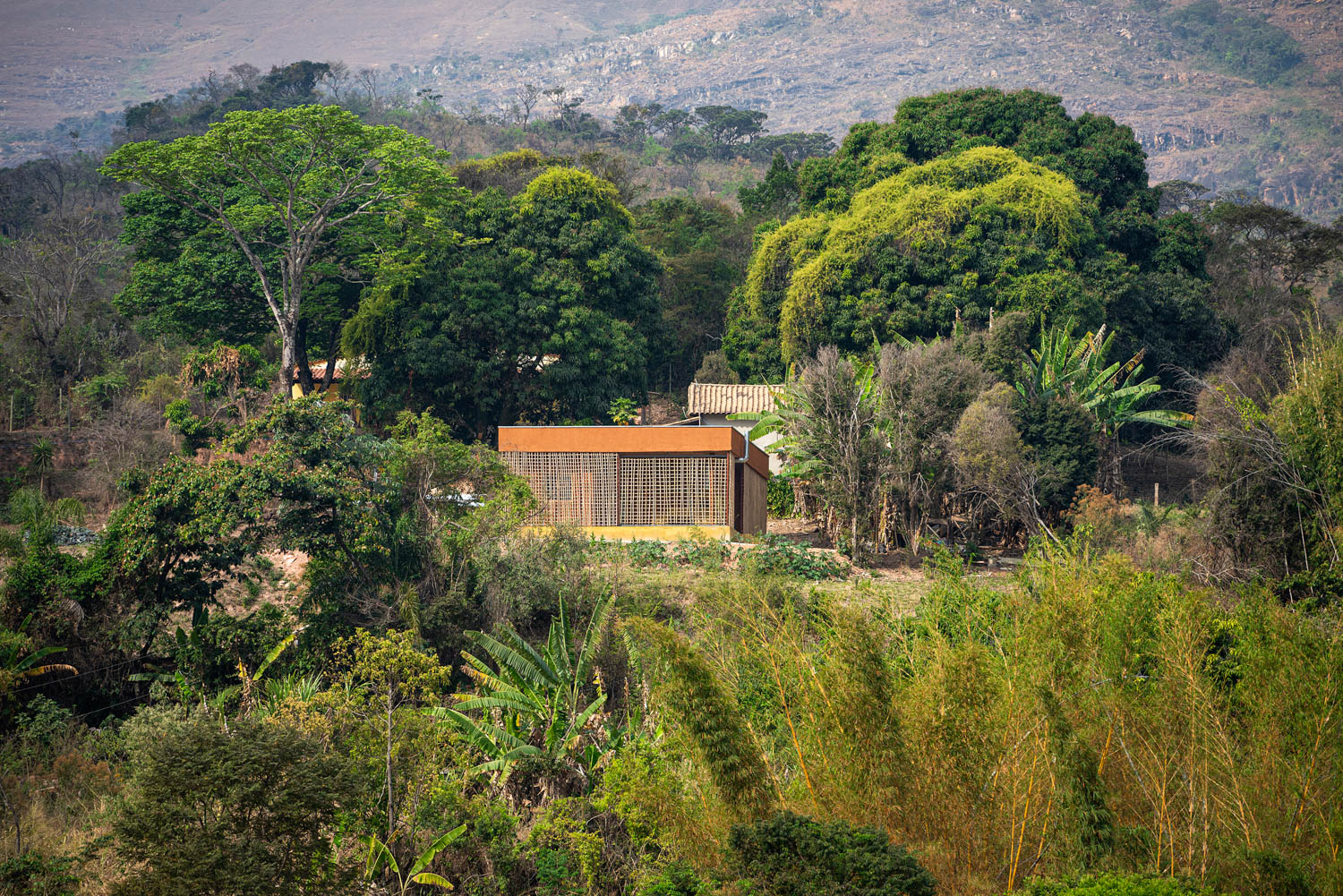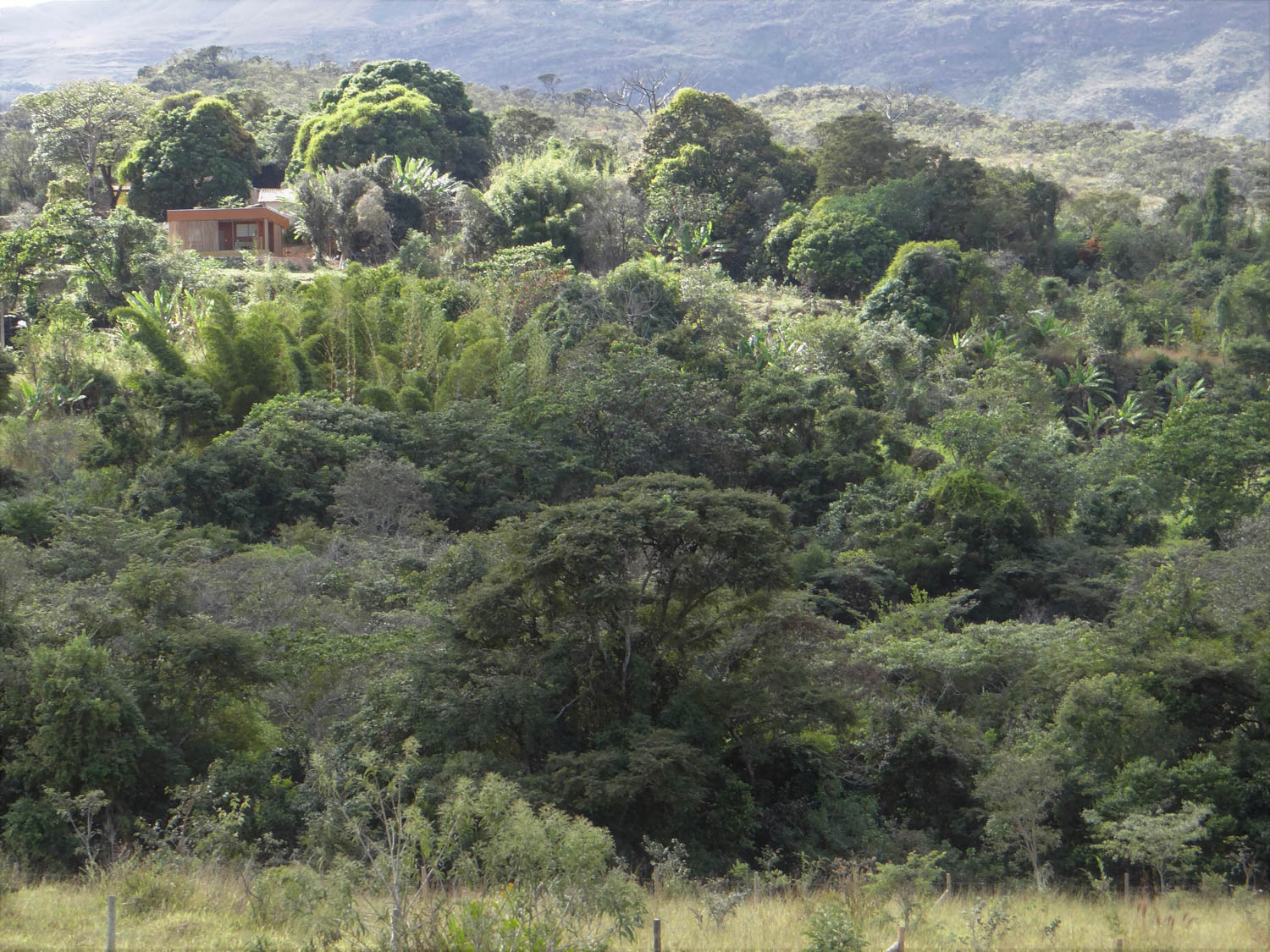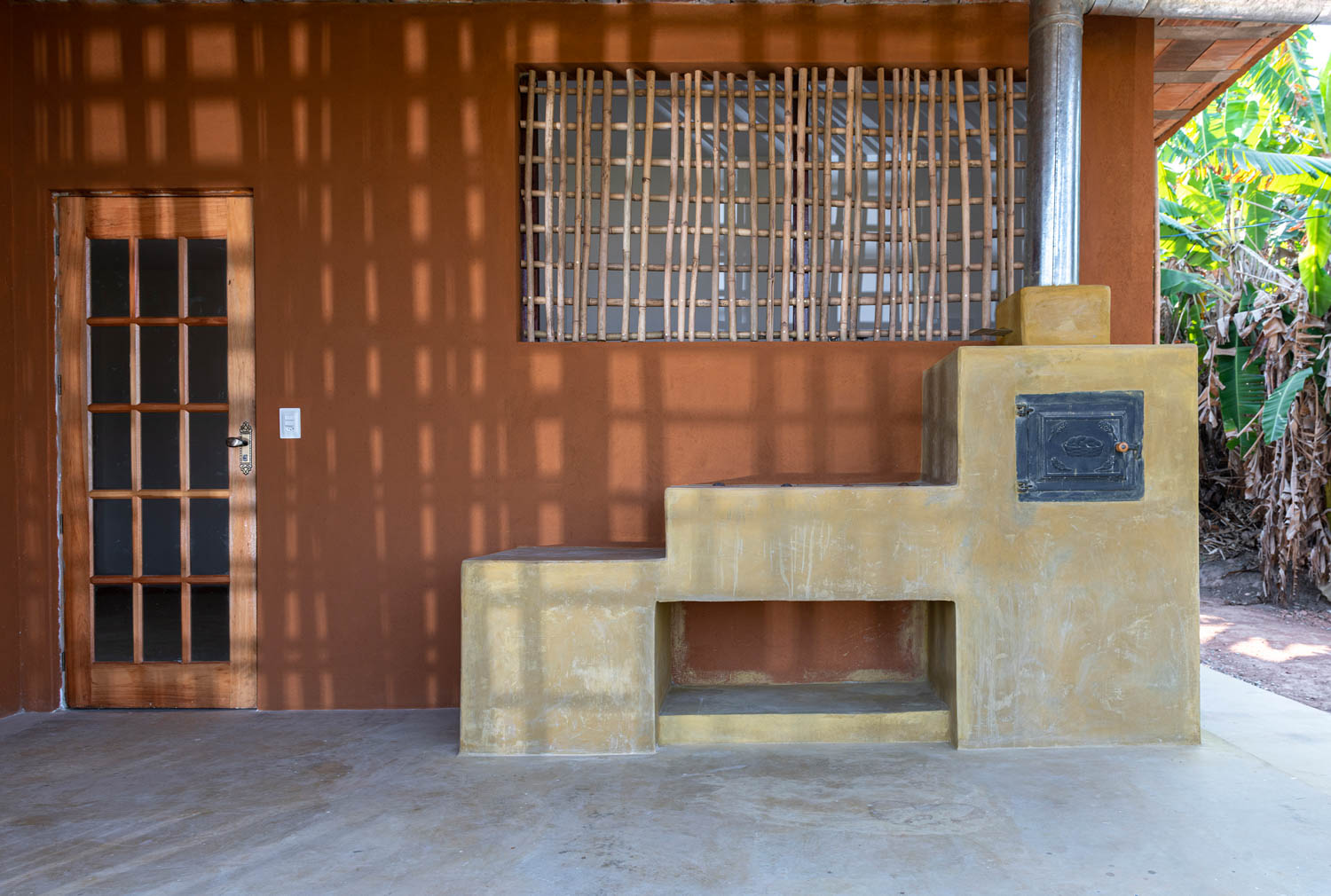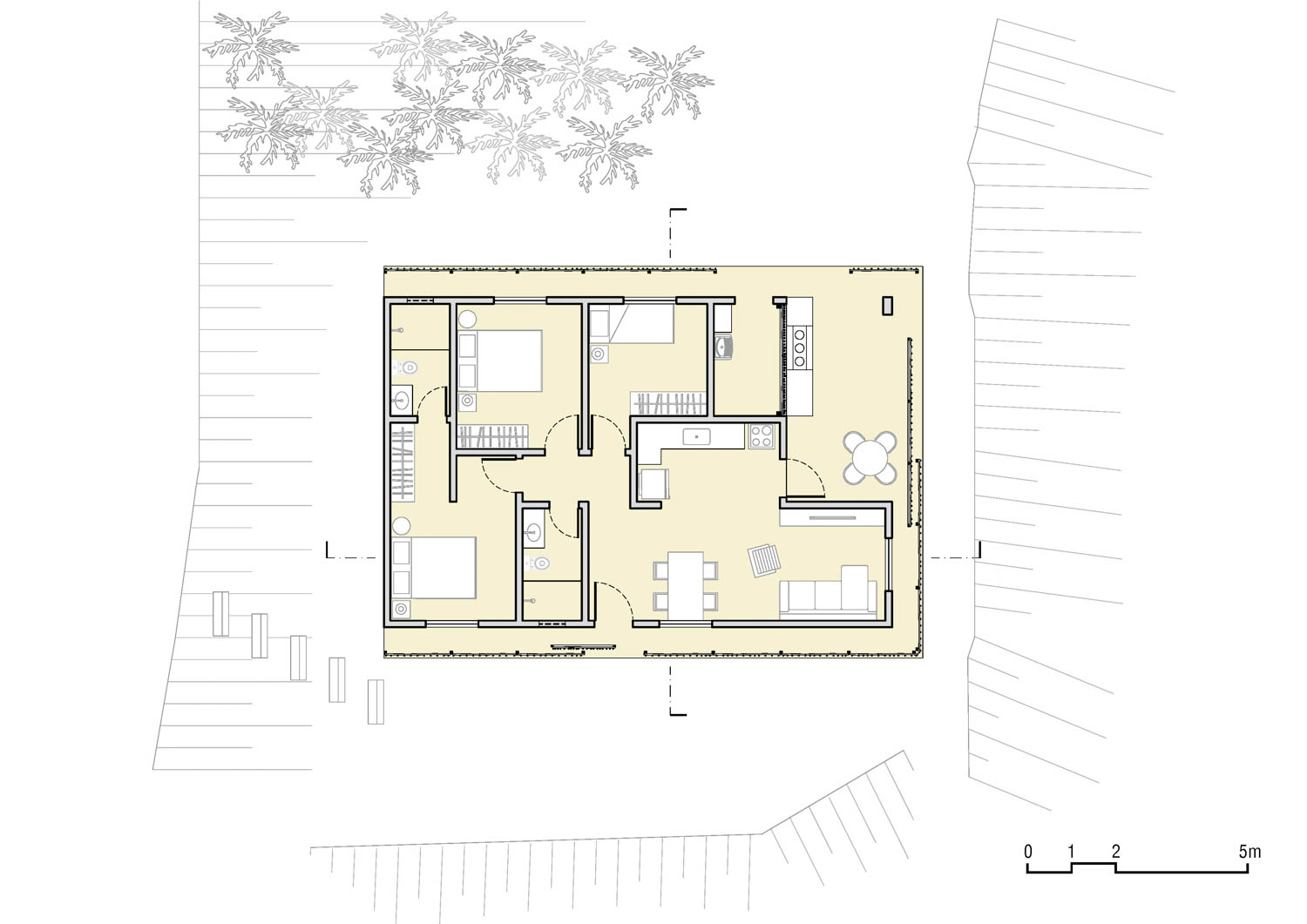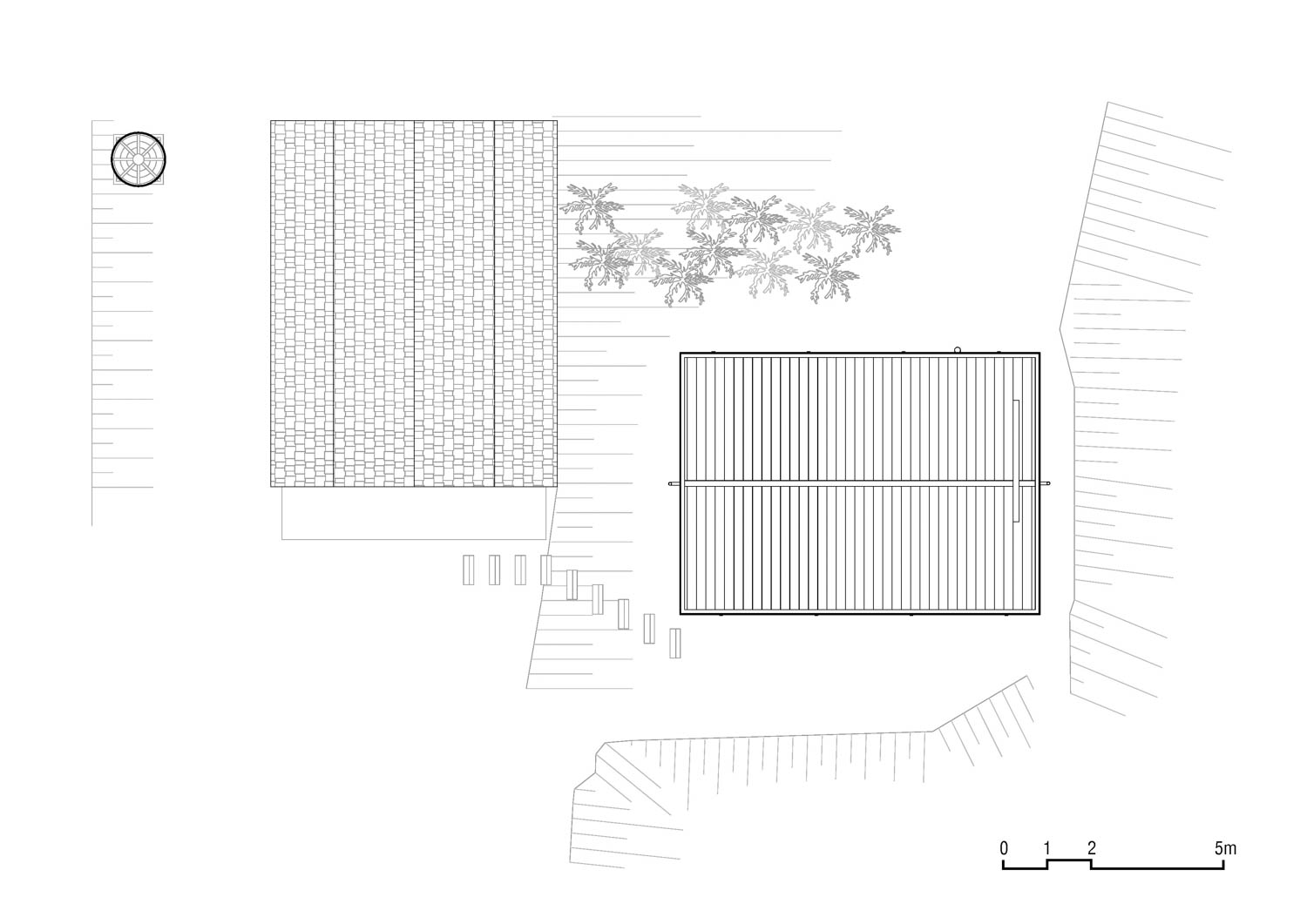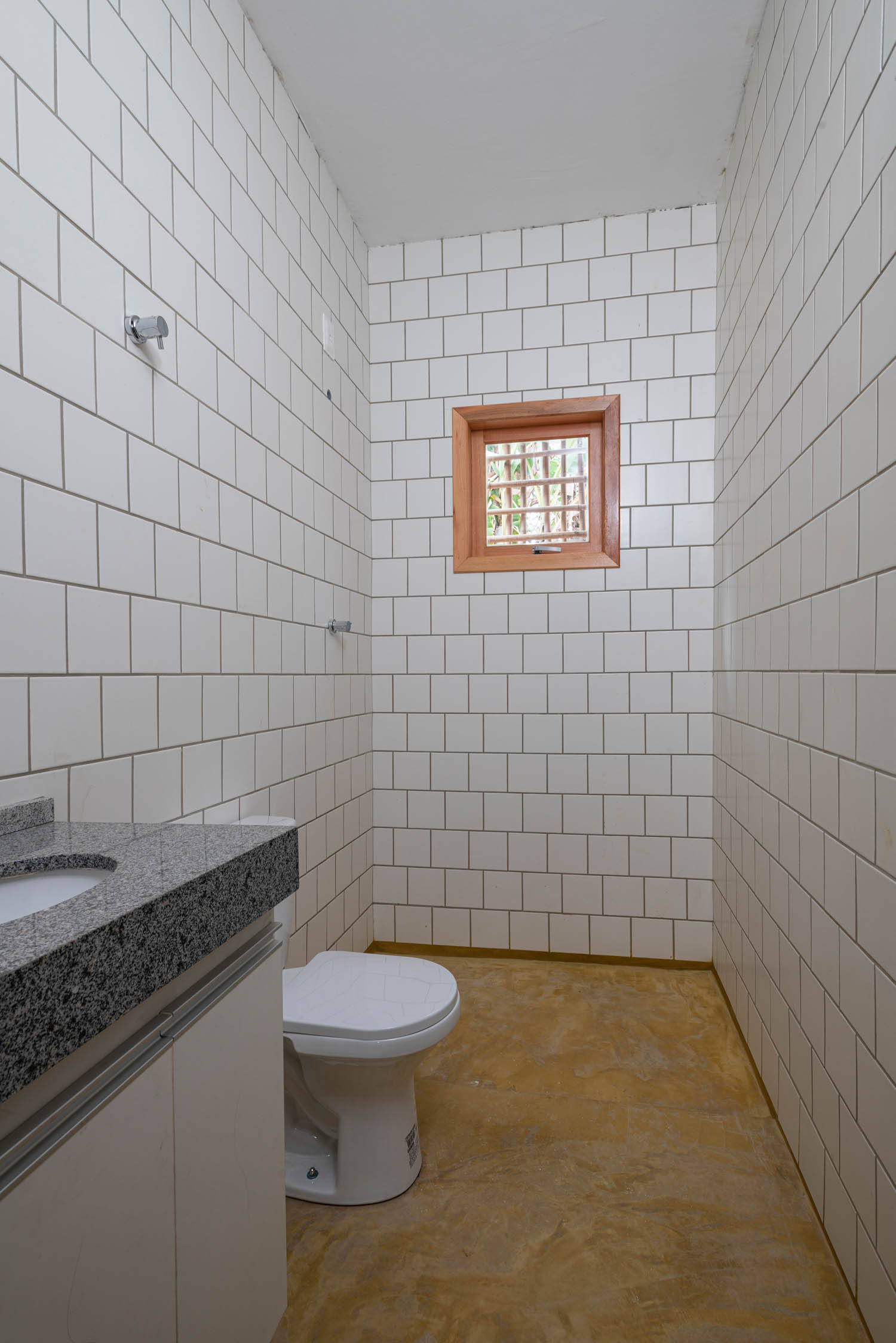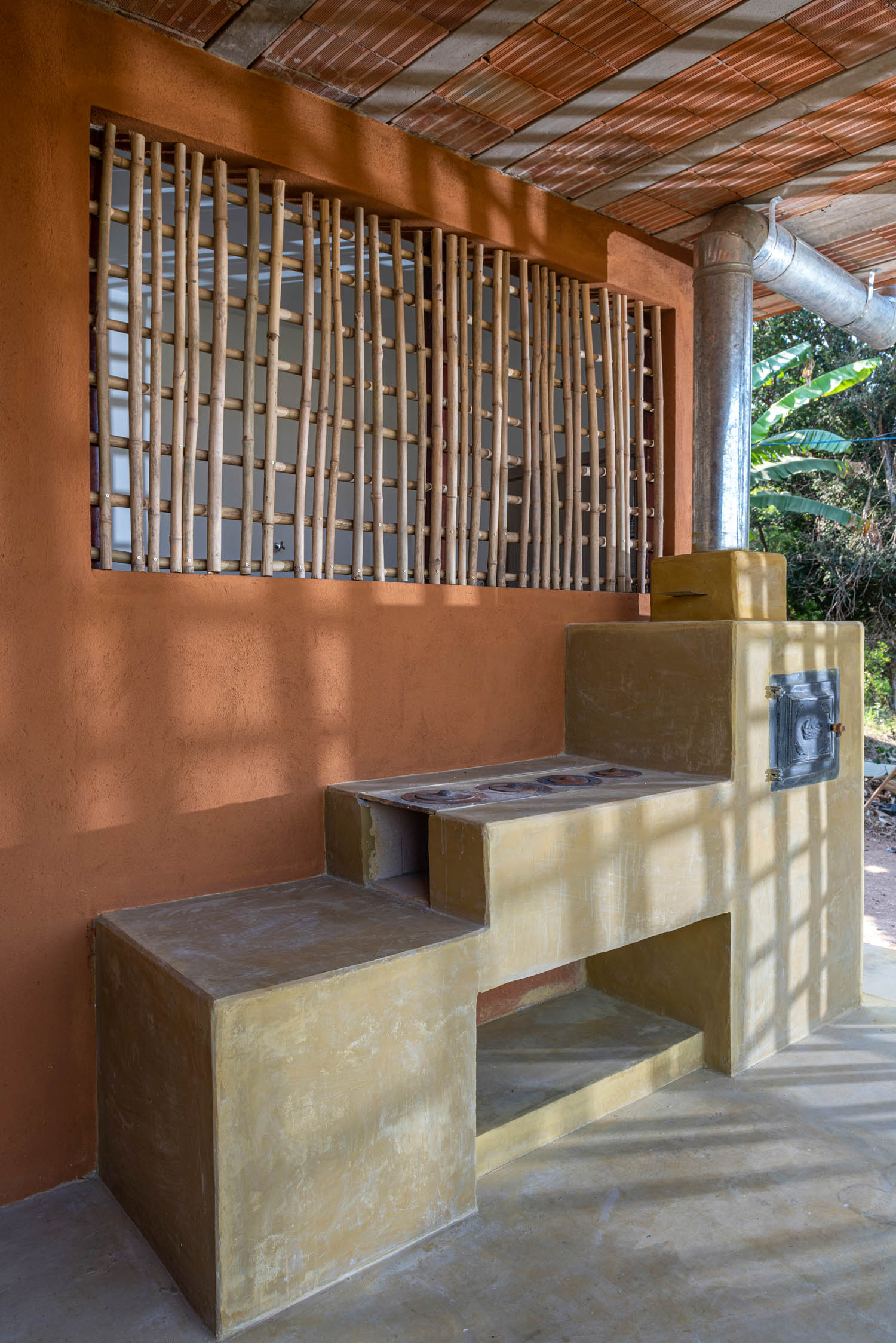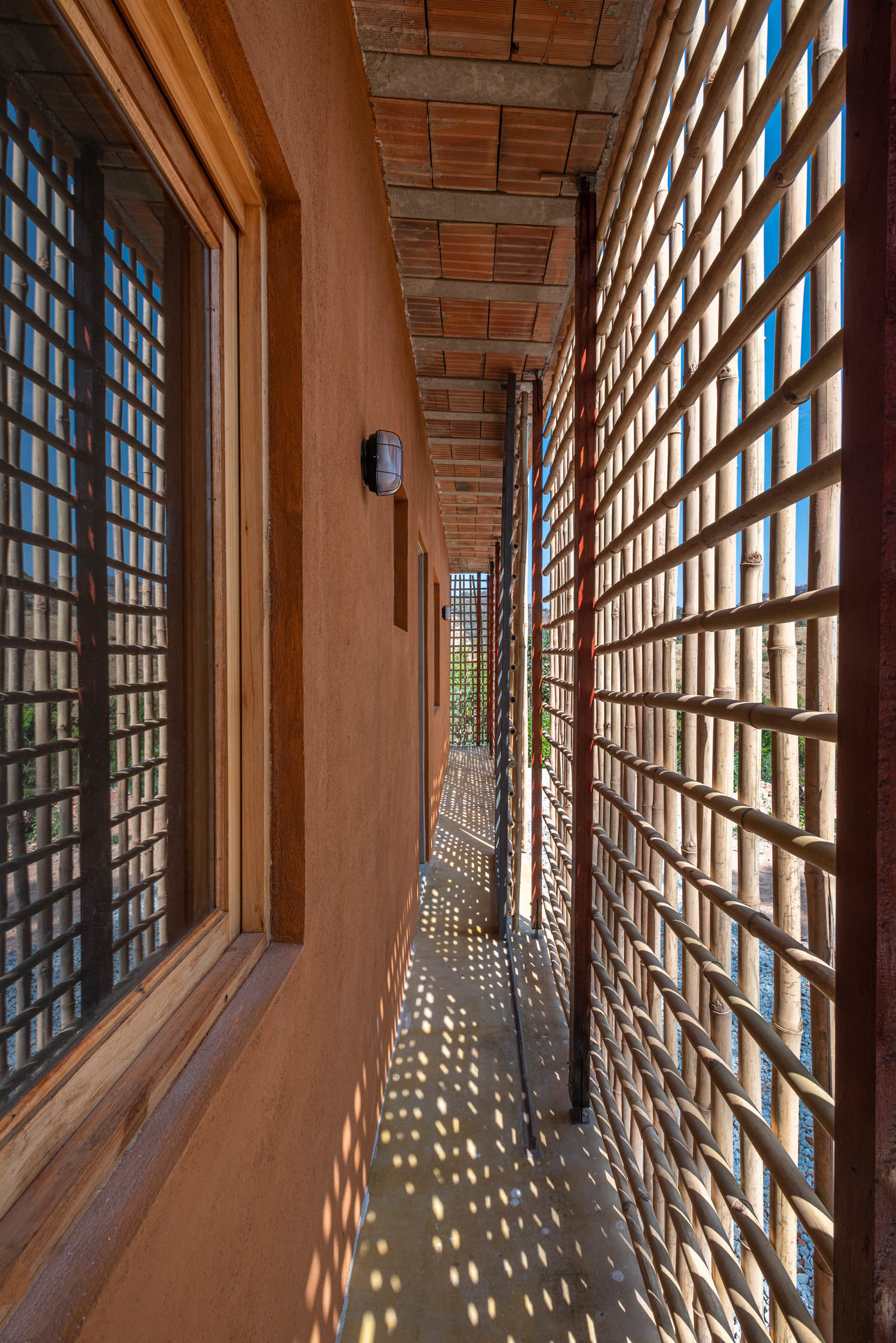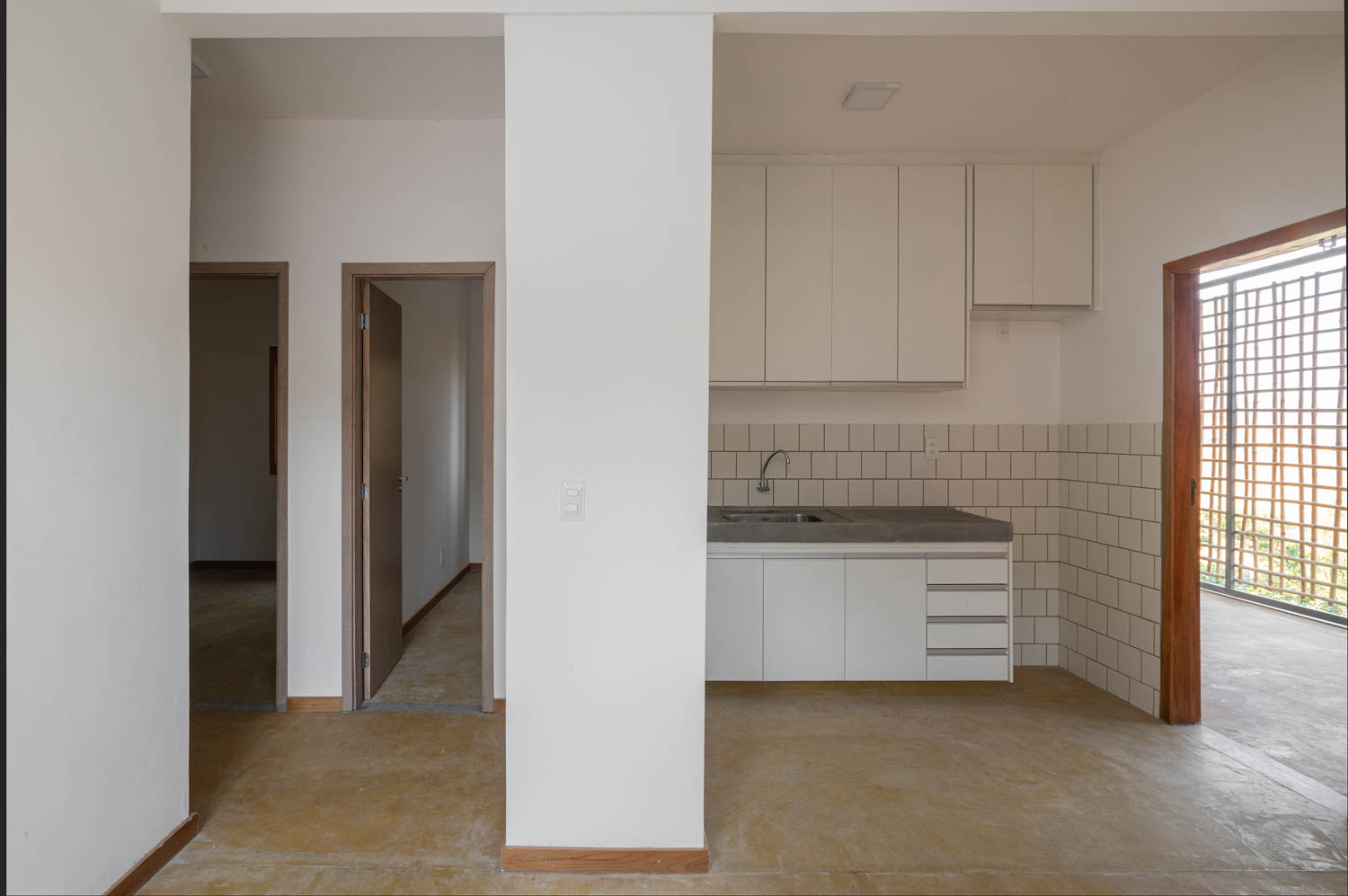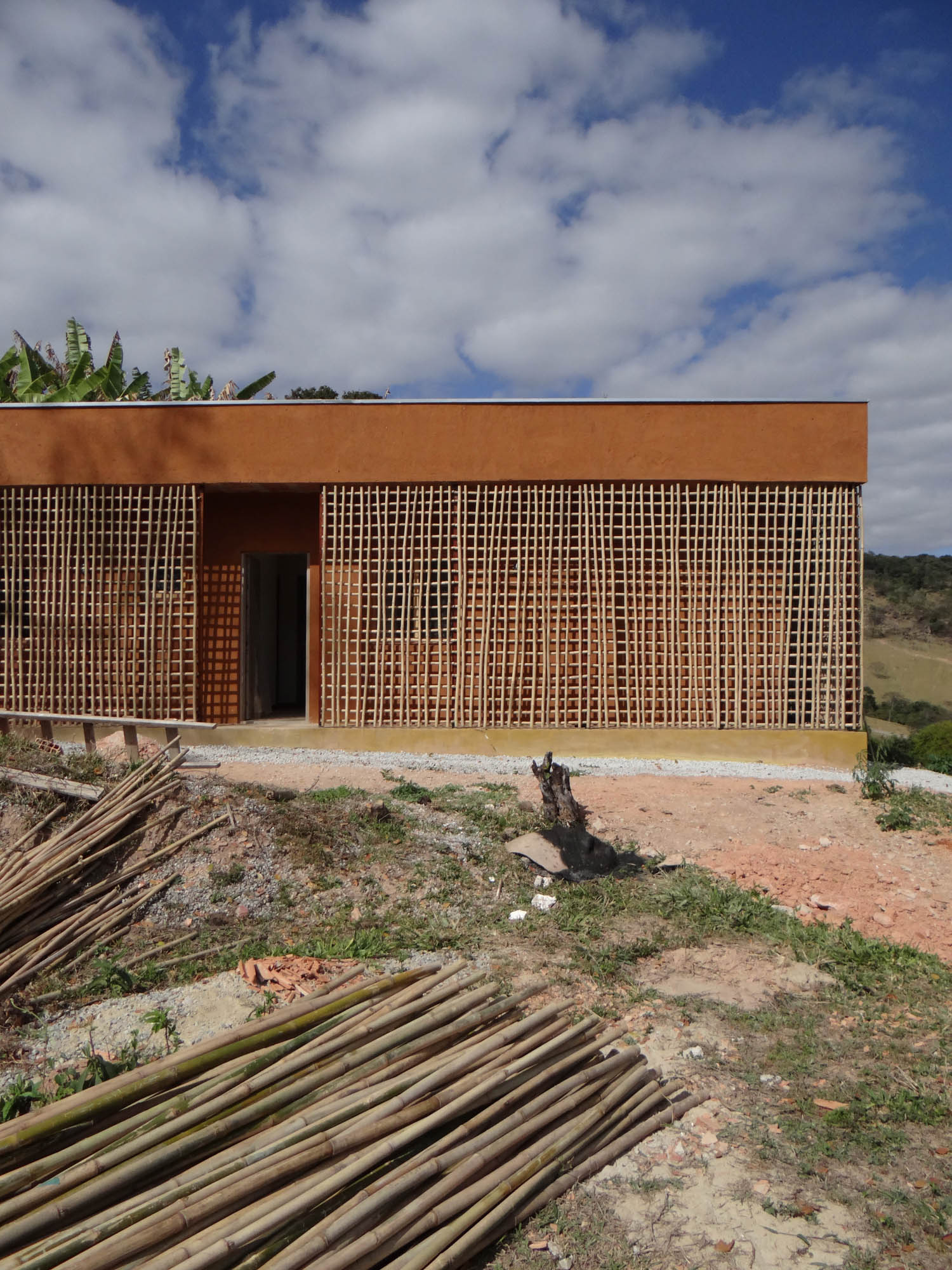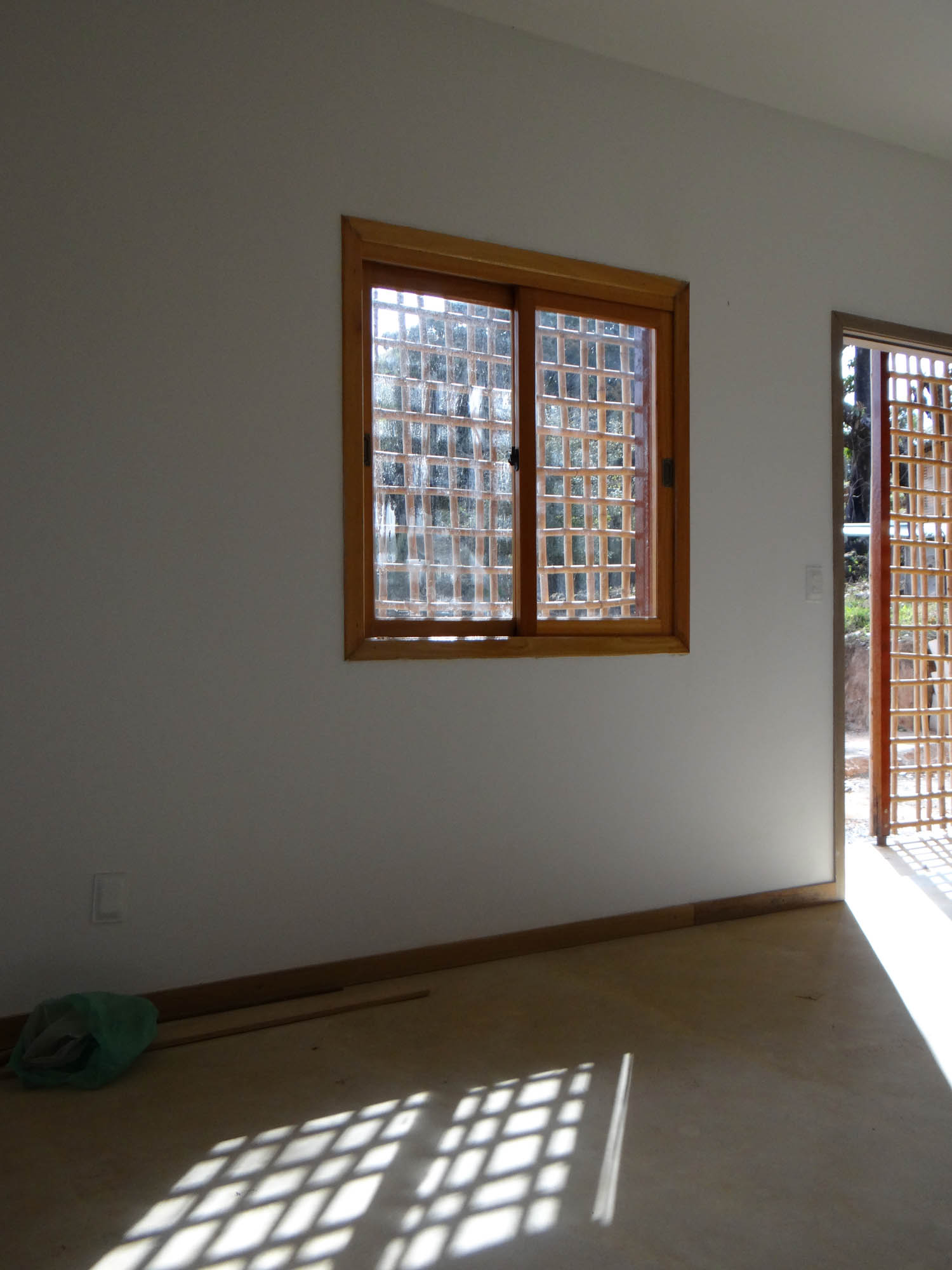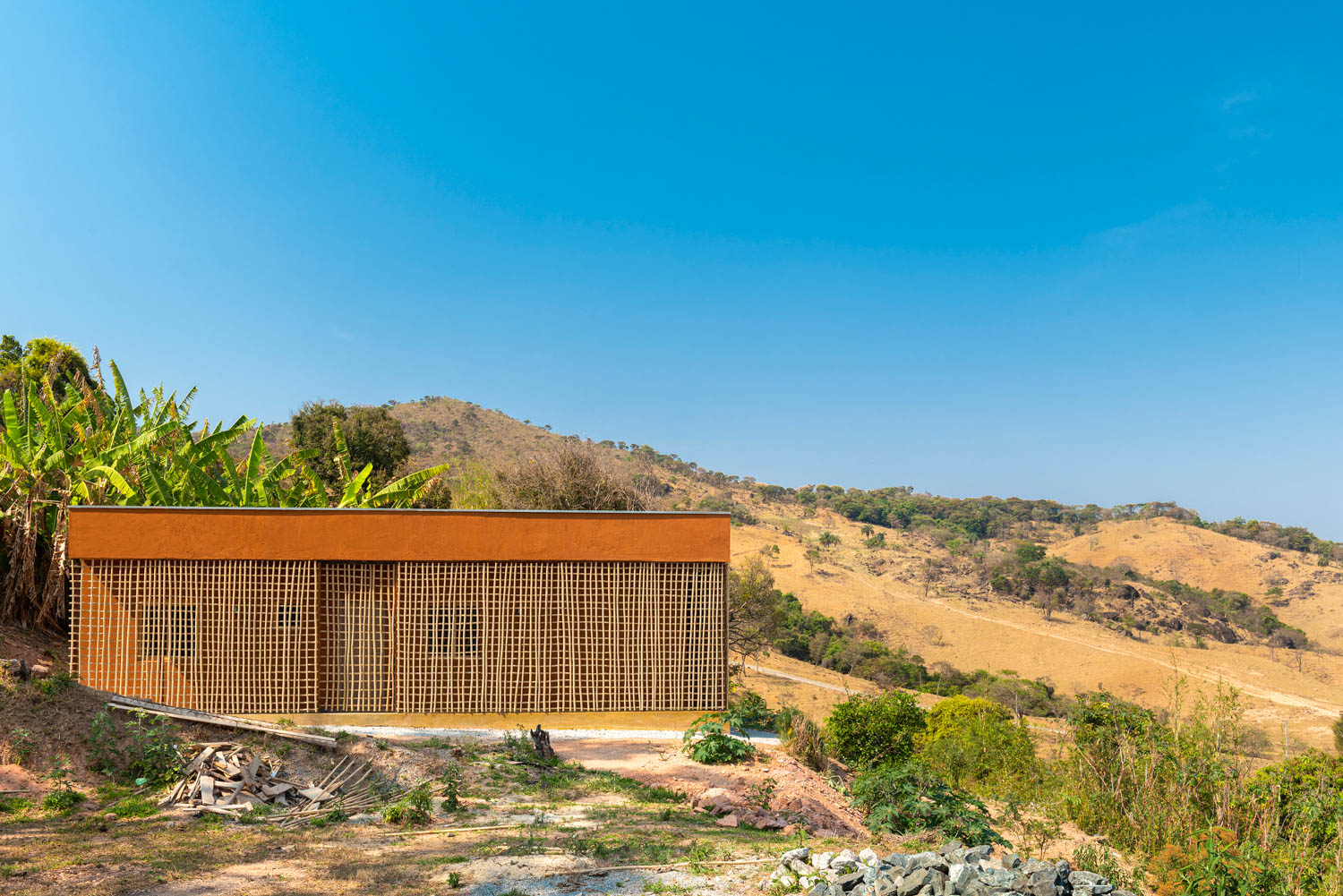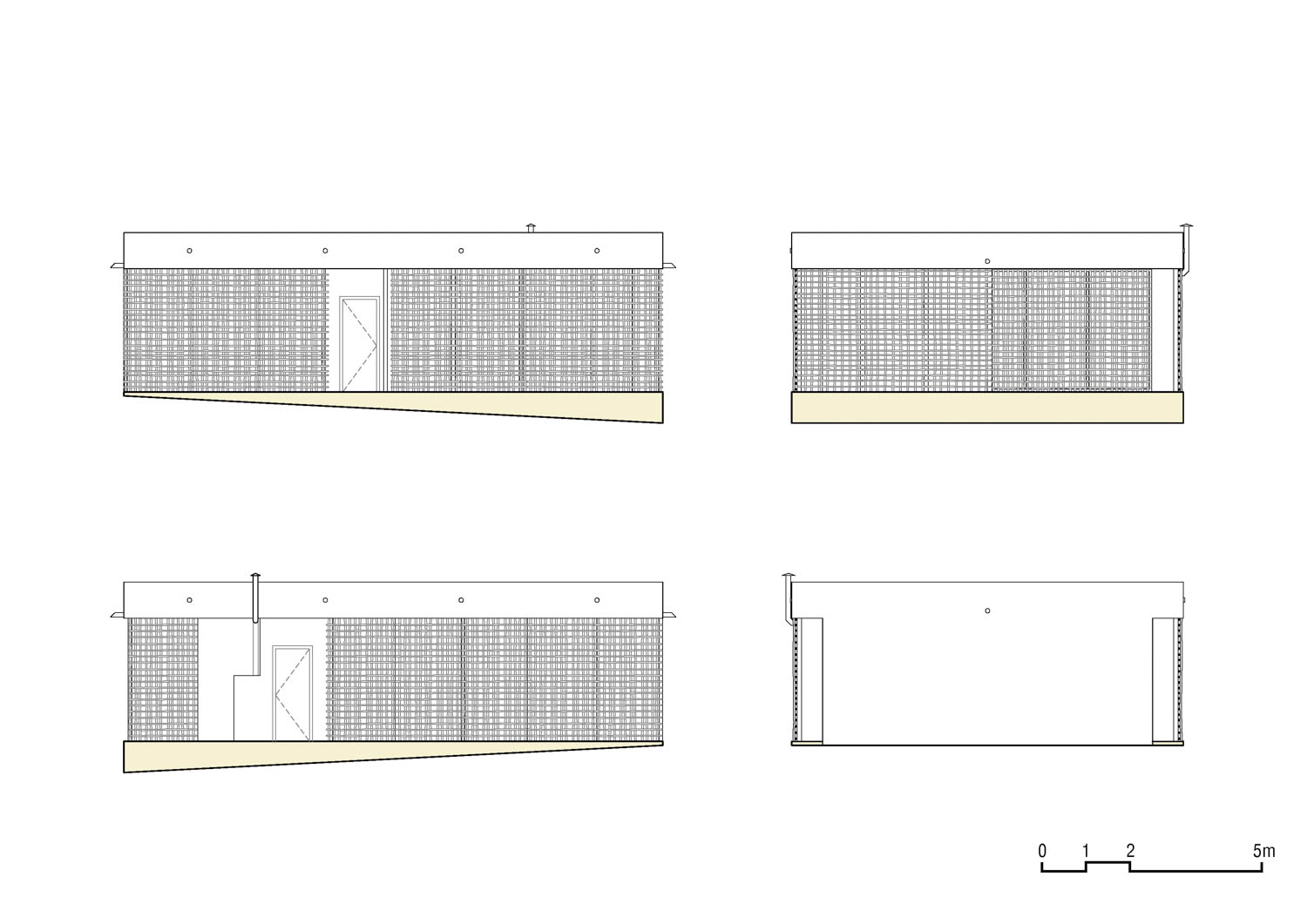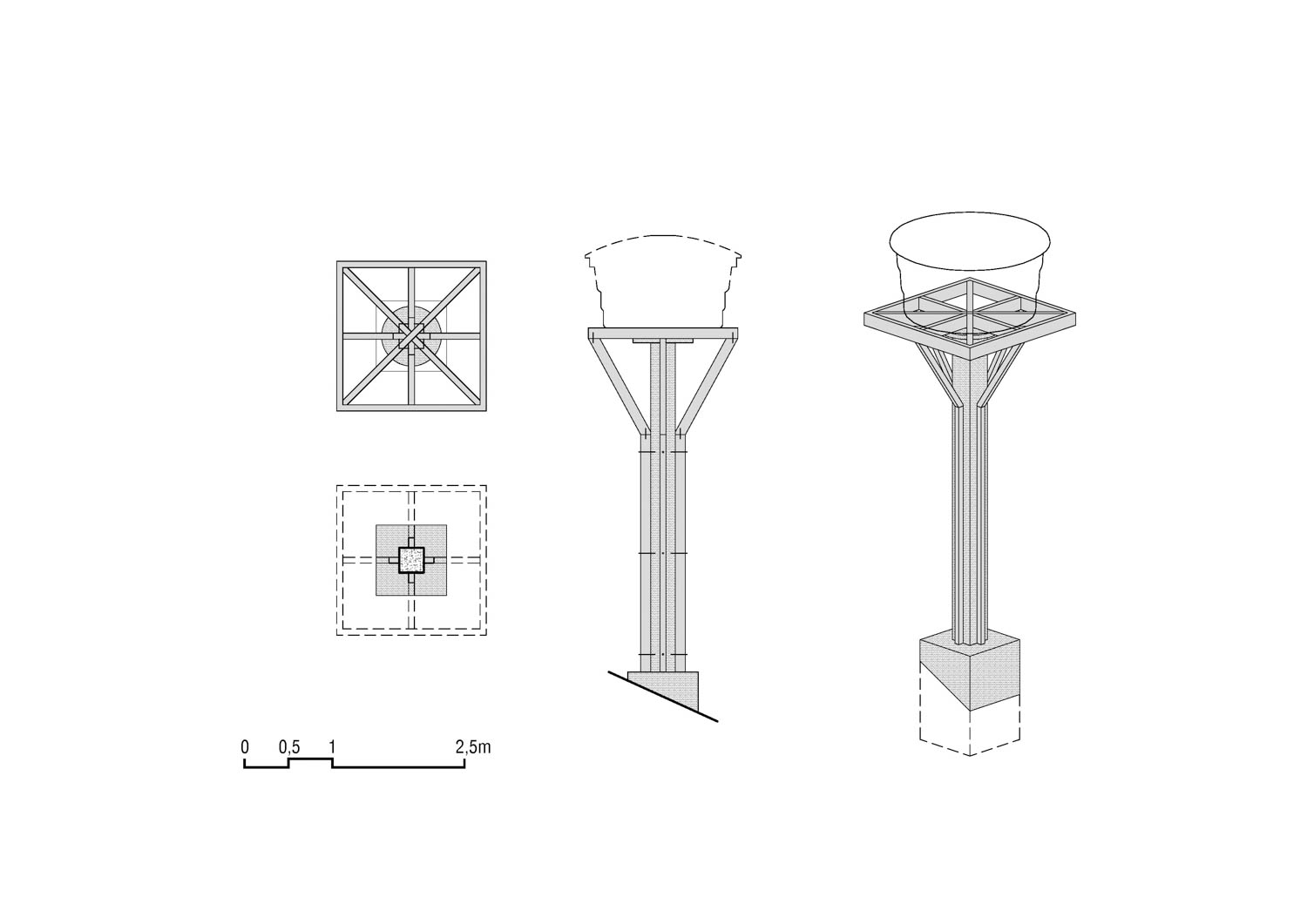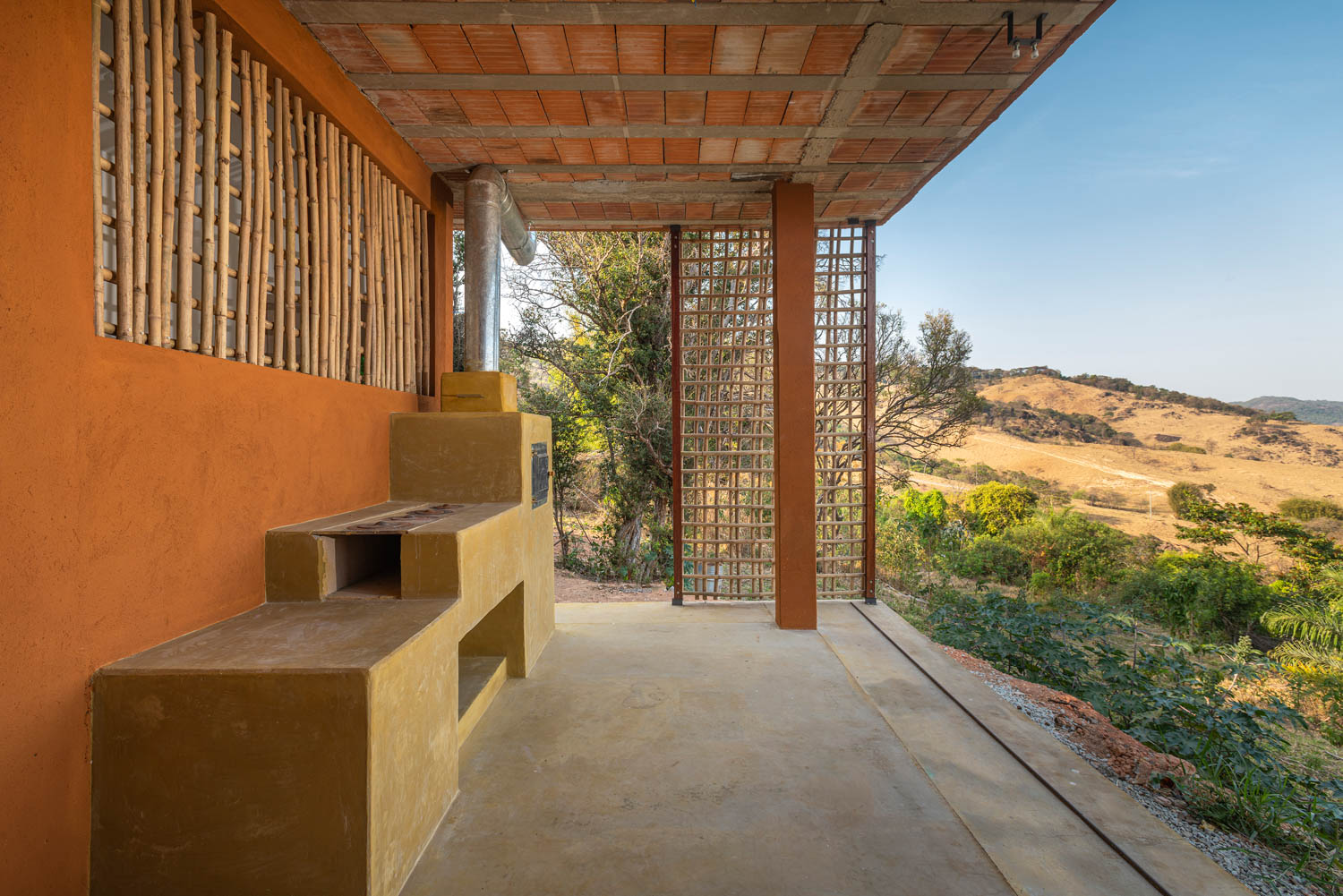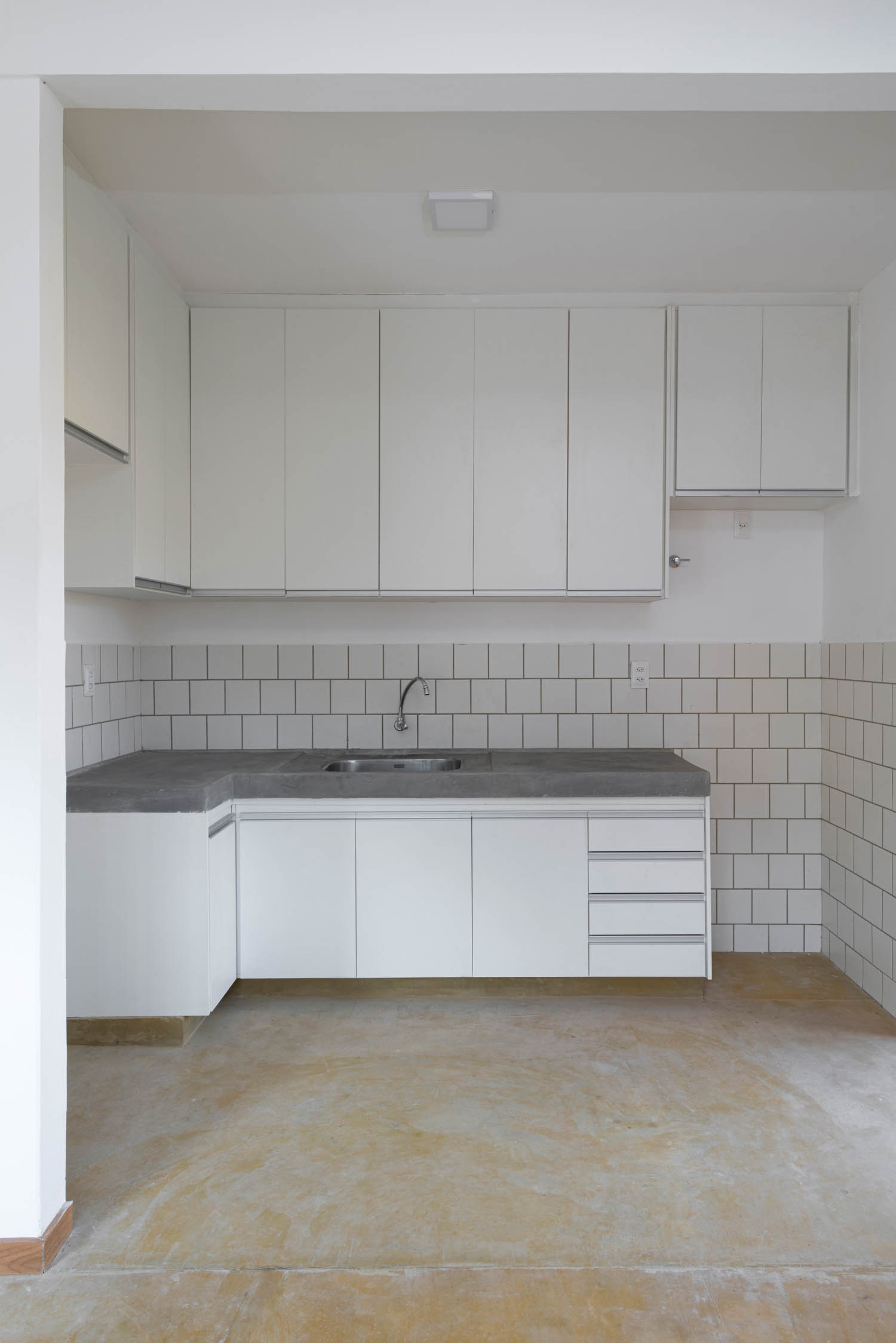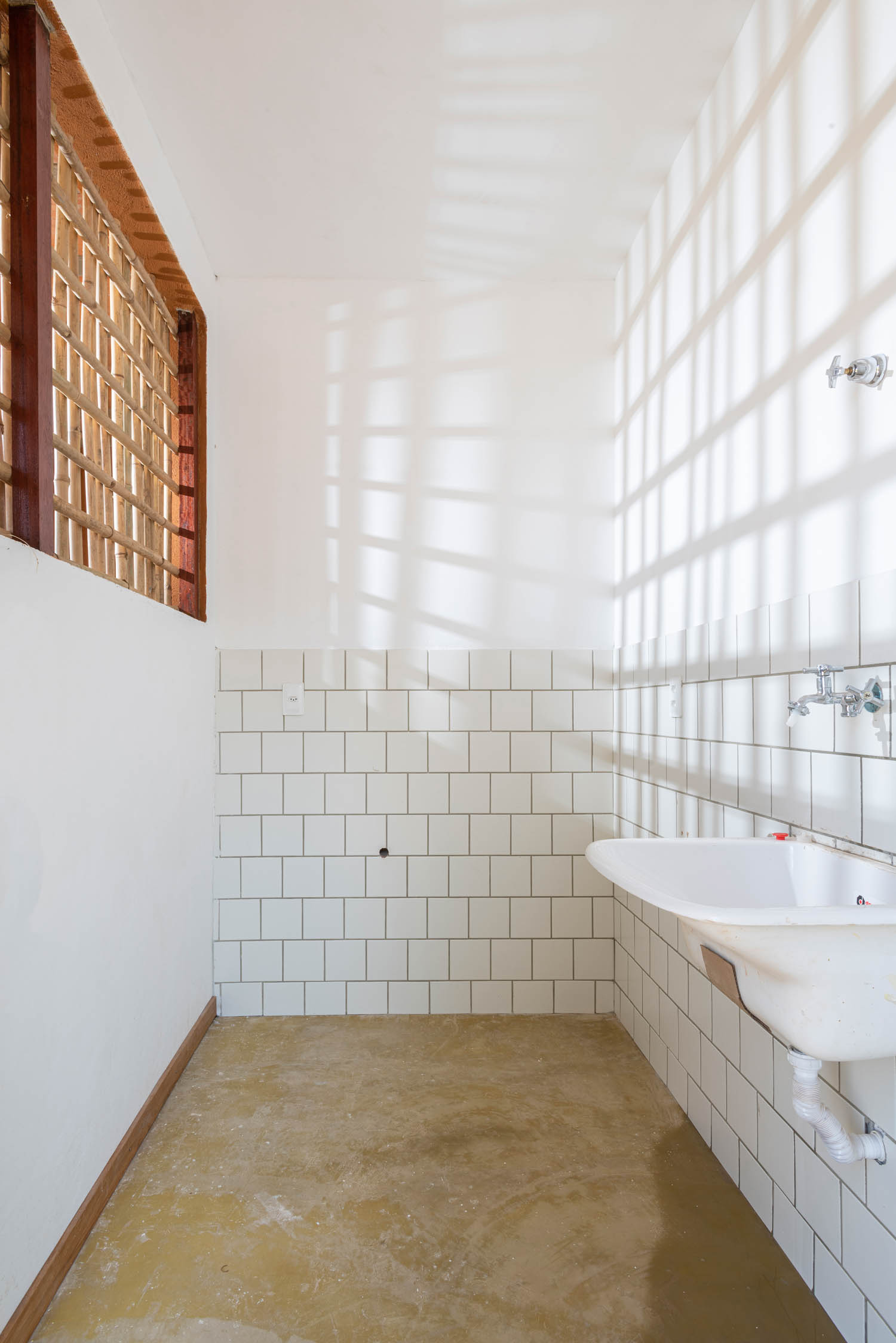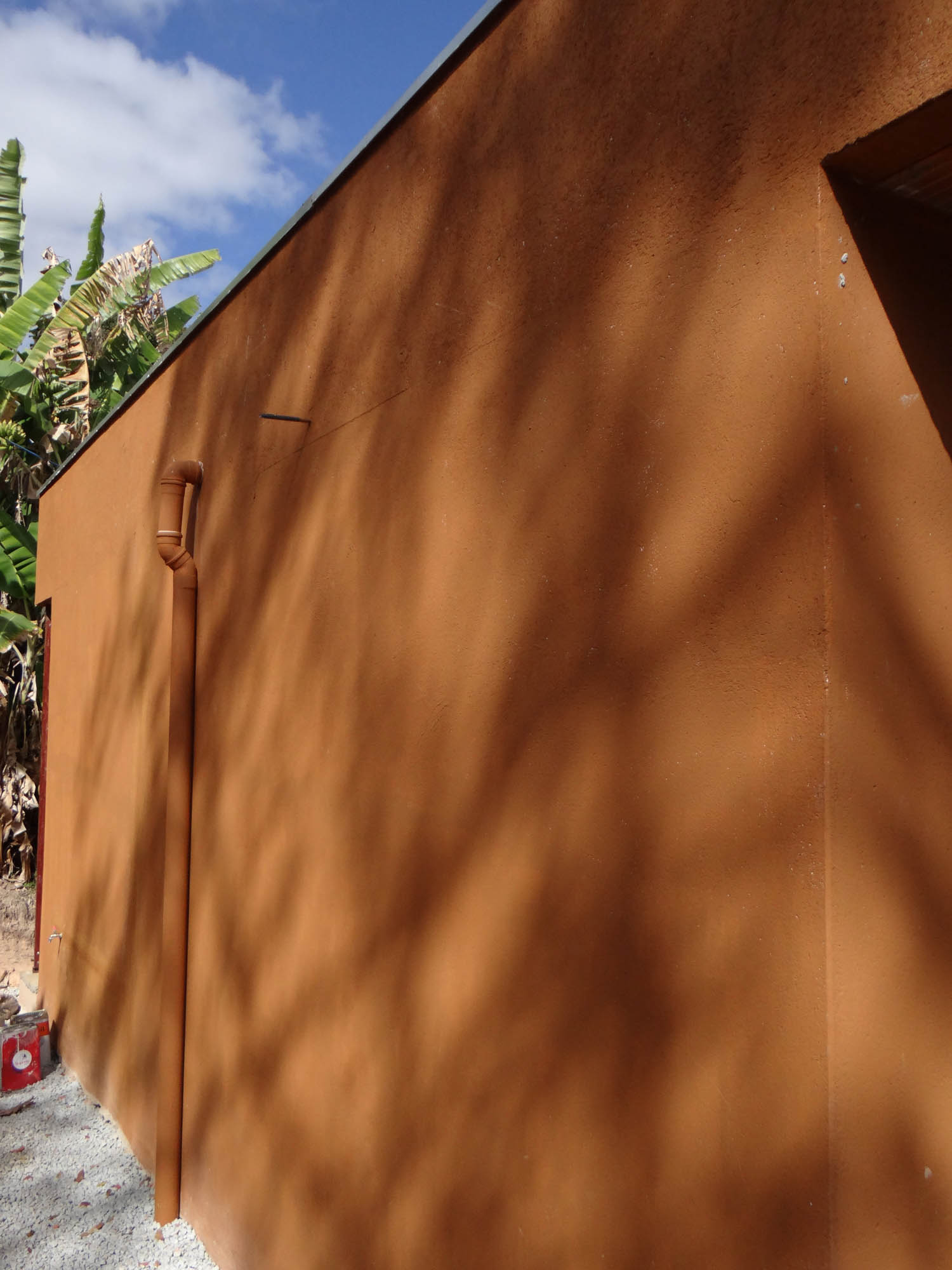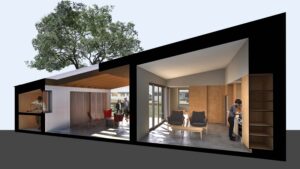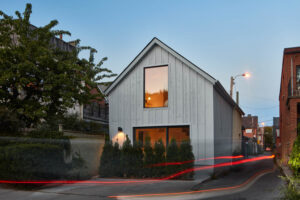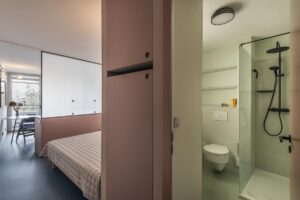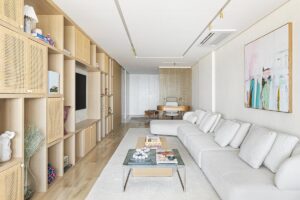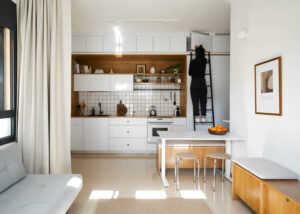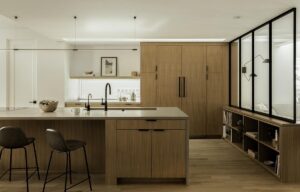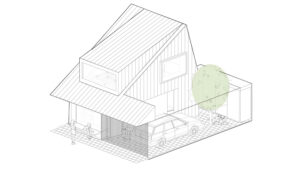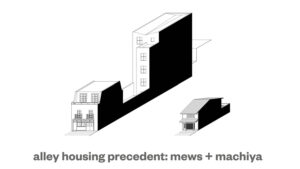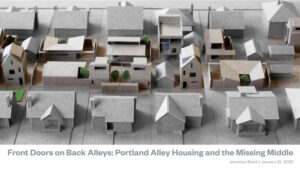Serra House, a Sustainable Tiny House in the Serra da Moeda Foothills in Brazil
At Tiny House Zine, we’re featuring the Serra House, a sustainable tiny house in the Serra da Moeda foothills in Brazil. Designed by Vazio, the house was inspired by the local landscape and the heritage of the family who owns the land. Using materials like bamboo, sourced from nearby, the design emphasizes sustainability while blending into the rural setting. In this article, we explore how the house was designed to fit with its surroundings and the practical choices made to keep it affordable and environmentally friendly.
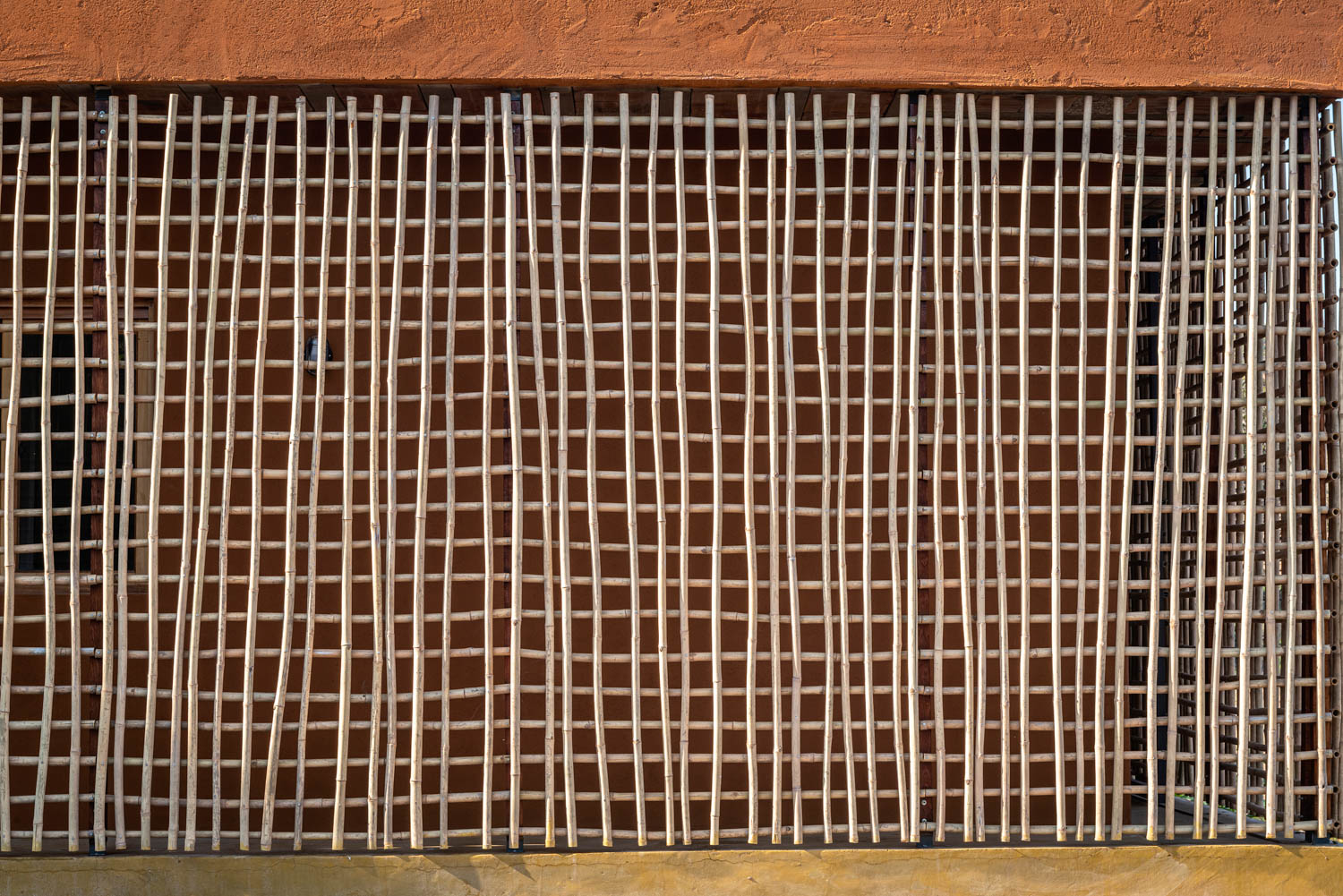
Photography by Studio Pixel / Daniel Mansur, published with bowerbird
Can you describe the local setting of Serra da Moeda? What were the origins of the project? And how did the history and heritage of the peasant family who owns the house influence your architectural design choices?
The landscape is a foothill of a mountain range (Serra da Moeda, Minas Gerais) and the land is a typical rural orchard, with banana, papaya and jabuticaba trees. Now retired, the owner of the house worked for four decades as a cook in Belo Horizonte, and the funds for the construction were donated by her former employers. There is another, humble house on the same plot that belongs to all the family’s siblings, but the initial concept came from the landscape, or the abundance of bamboo in the area.
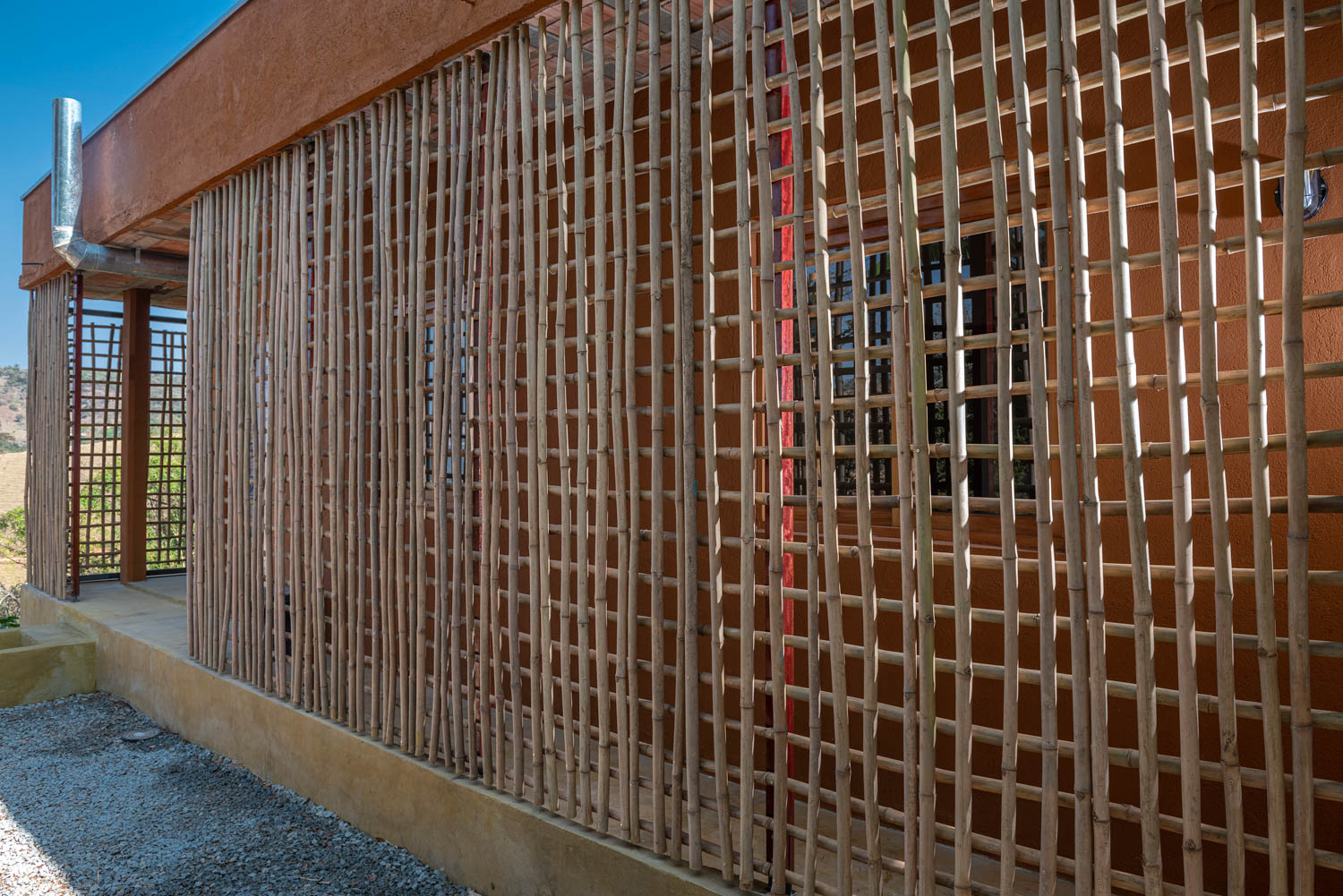
The use of bamboo louvers around the perimeter of the house is both visually striking and functional. What inspired the decision to use bamboo, and how does it enhance the living experience in this environment?
Bamboo is a widely used material in the region, but usually as a railing or headliner. In the case of the house, bamboo works as an element of environmental comfort, acting as a light buffer for a house that is punished by the tropical sun on three of its four façades.
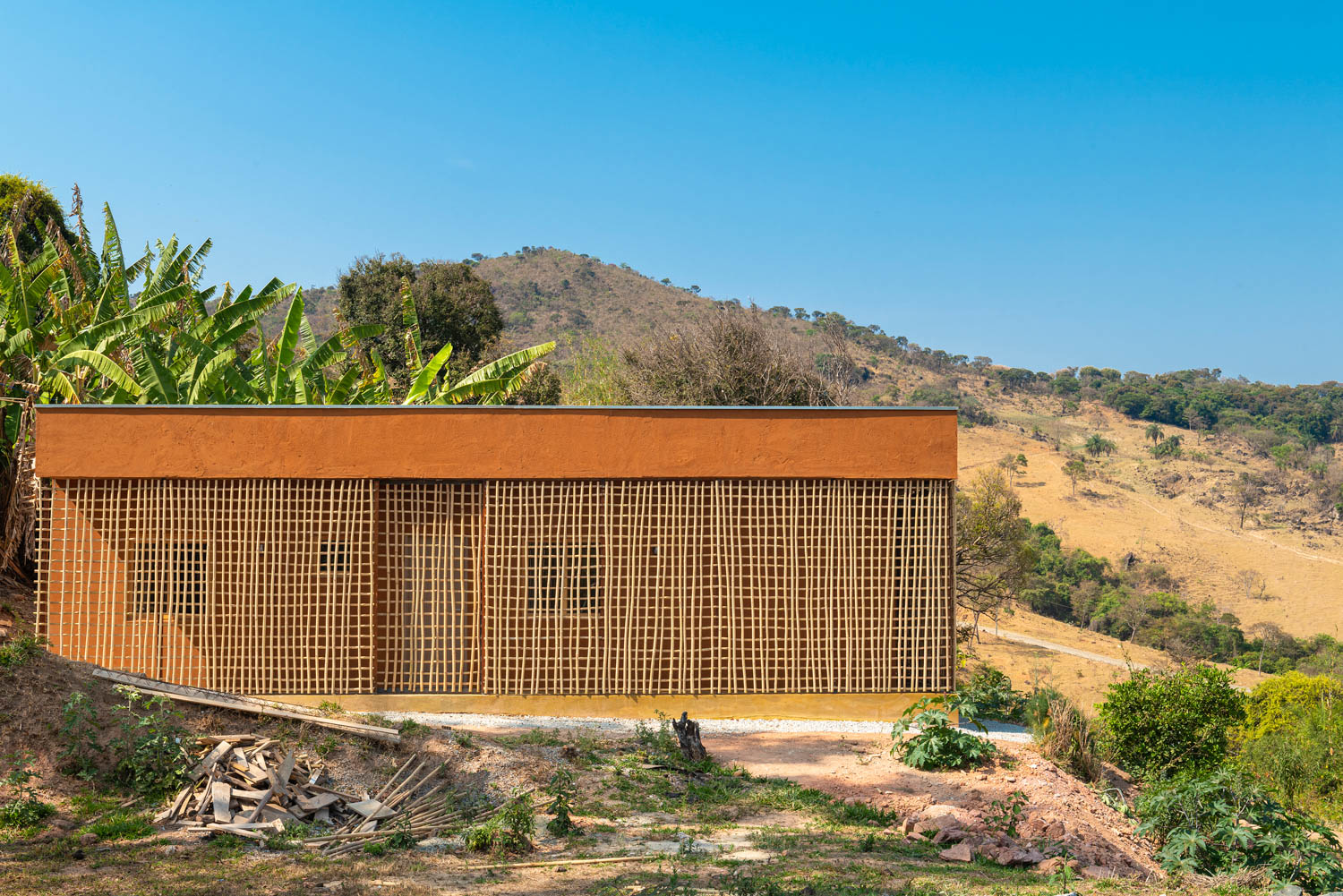
Bamboo that has been treated with a bath of borax and boric acid has a unique and traditional method of preservation. Can you explain the importance of this technique in maintaining the longevity and sustainability of the materials used?
Industrially-treated bamboo tends to last longer than bamboo treated by hand with borax. But labor in the region is cheap, so we opted to do the whole process on the construction site itself. And bamboo was a free construction material, collected right from neighboring properties.
The house is located in a region with a rich natural environment. How did you balance the need for modern comfort with the desire to preserve and integrate the surrounding landscape?
The project seeks integration into the landscape through an element of environmental comfort (the bamboo sunshade). Landscape and comfort are therefore combined in the same architectural element.
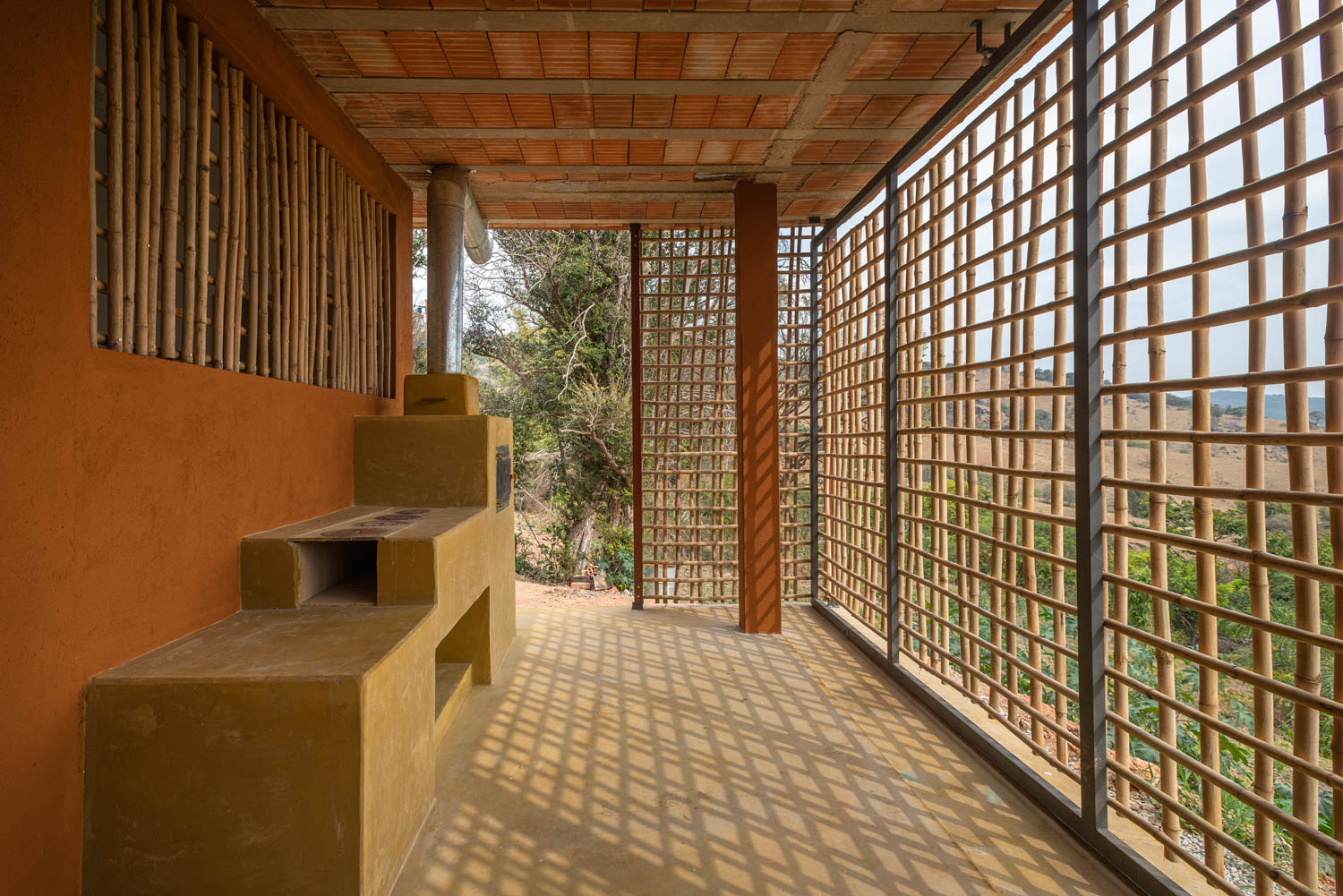
The balcony with adjustable shutters allows residents to control the sunlight and enjoy the view of the valley. How does this feature contribute to the overall sustainability and energy efficiency of the house?
Part of the bamboo opens up to let the light in during the less intense heat. Thus, depending on the season and the sun, the house opens or closes to the valley, taking advantage of the inclement sun or the mild winter days.
Given the house’s rural location and the use of local labor, what challenges did you face during the construction process, and how did you overcome them?
All the workers live nearby and know the region well. They are less skilled bricklayers than the professionals from the big cities, which is why the project adopts simple construction techniques already used in the region.
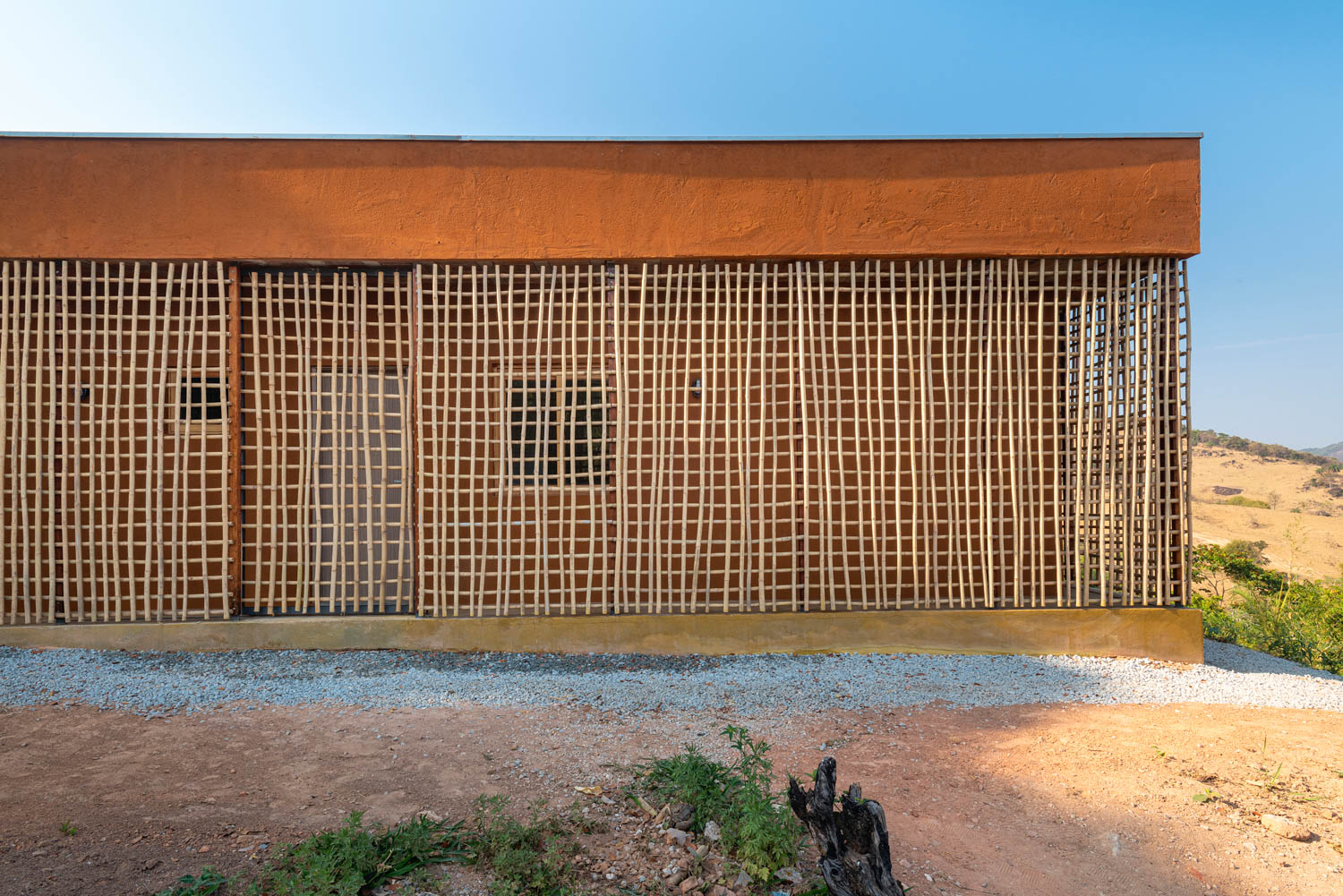
The cost per square meter of the house was kept below the CUB-MG reference for popular single-family housing. What strategies did you employ to achieve such cost-efficiency while maintaining high-quality design and materials?
One of the reasons is that all the workers are neighbors of the house, thus eliminating transportation costs (which would be transferred to the owner). Another, fundamental reason is that in rural areas, labor is still informal and therefore labor charges (which in Brazil increase the cost of labor by around 120%) are not levied.
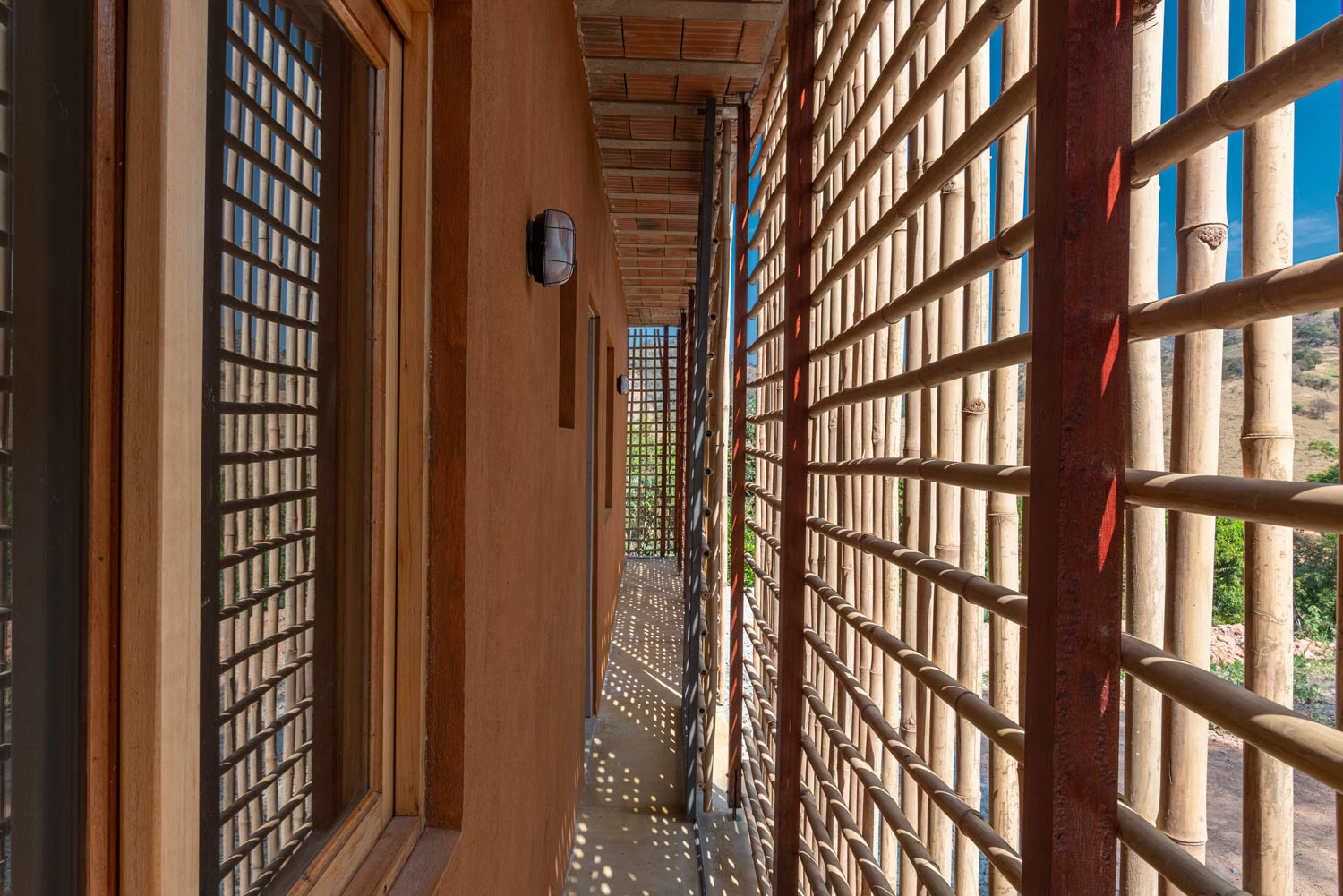
Reflecting on the completed project, how do you think the Marinho da Serra (MS) House stands as a model for sustainable and affordable housing in rural Brazil?
It’s an example of an application of bamboo that isn’t popular in the region. But it is cheap, sustainable and, I believe, could serve as a reference for other villagers.
